Small walled gardens offer unique opportunities to create intimate, protected outdoor spaces that maximize every square foot. These enclosed sanctuaries provide shelter from wind, create beneficial microclimates, and offer privacy for relaxation. Whether working with contemporary materials like porcelain tiles and steel panels, or traditional elements such as brick and stone, small walled gardens can accommodate diverse styles from Mediterranean courtyards to Japanese zen retreats. The key lies in selecting cohesive design themes that integrate hardscaping, plant selection, water features, and functional elements into unified concepts that serve both aesthetic and practical purposes.
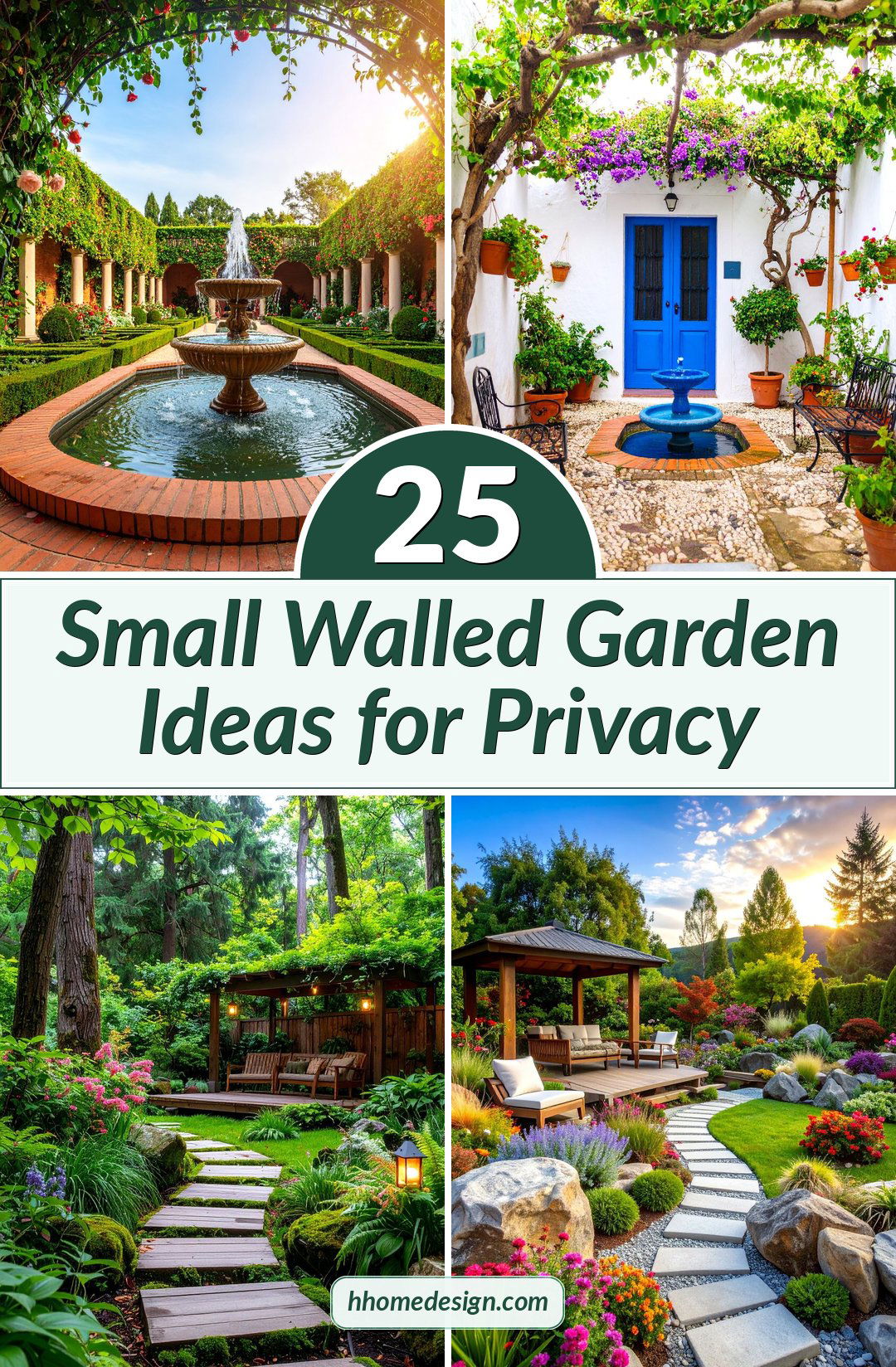
1. Mediterranean Courtyard Paradise
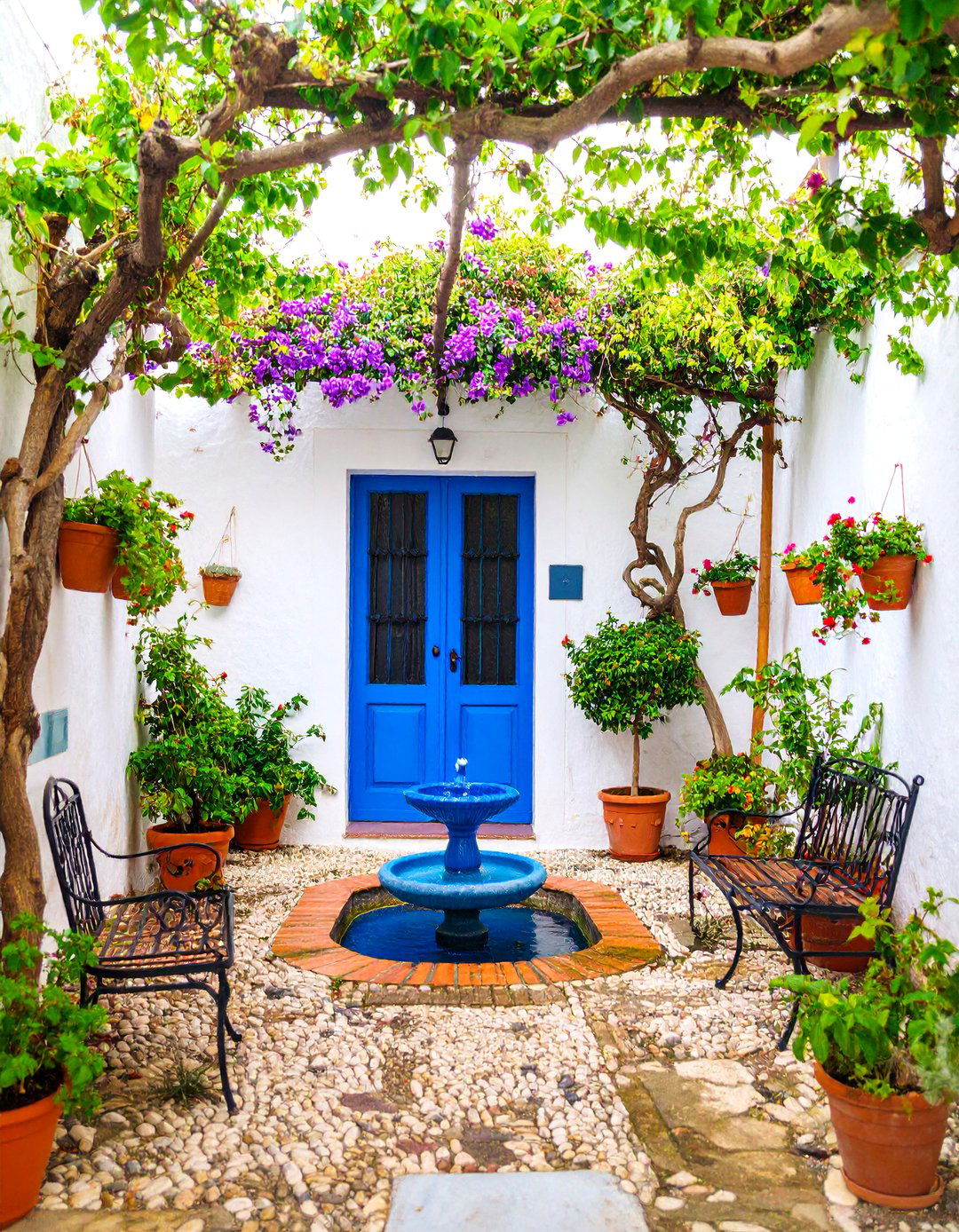
A Mediterranean-inspired walled garden centers around warm terracotta tiles, whitewashed walls, and azure blue accents that evoke coastal Spain and Greece. The central focal point features a bubbling wall fountain surrounded by fragrant herbs like rosemary, lavender, and thyme planted in classic terracotta containers. Climbing jasmine and bougainvillea cascade over pergola structures while olive trees in large pots provide vertical interest. Gravel pathways wind between raised beds filled with drought-tolerant plants, creating intimate seating areas with wrought-iron furniture. String lights overhead add magical evening ambiance, while mosaic tile details and Mediterranean pottery complete the authentic atmosphere.
2. Contemporary Minimalist Retreat
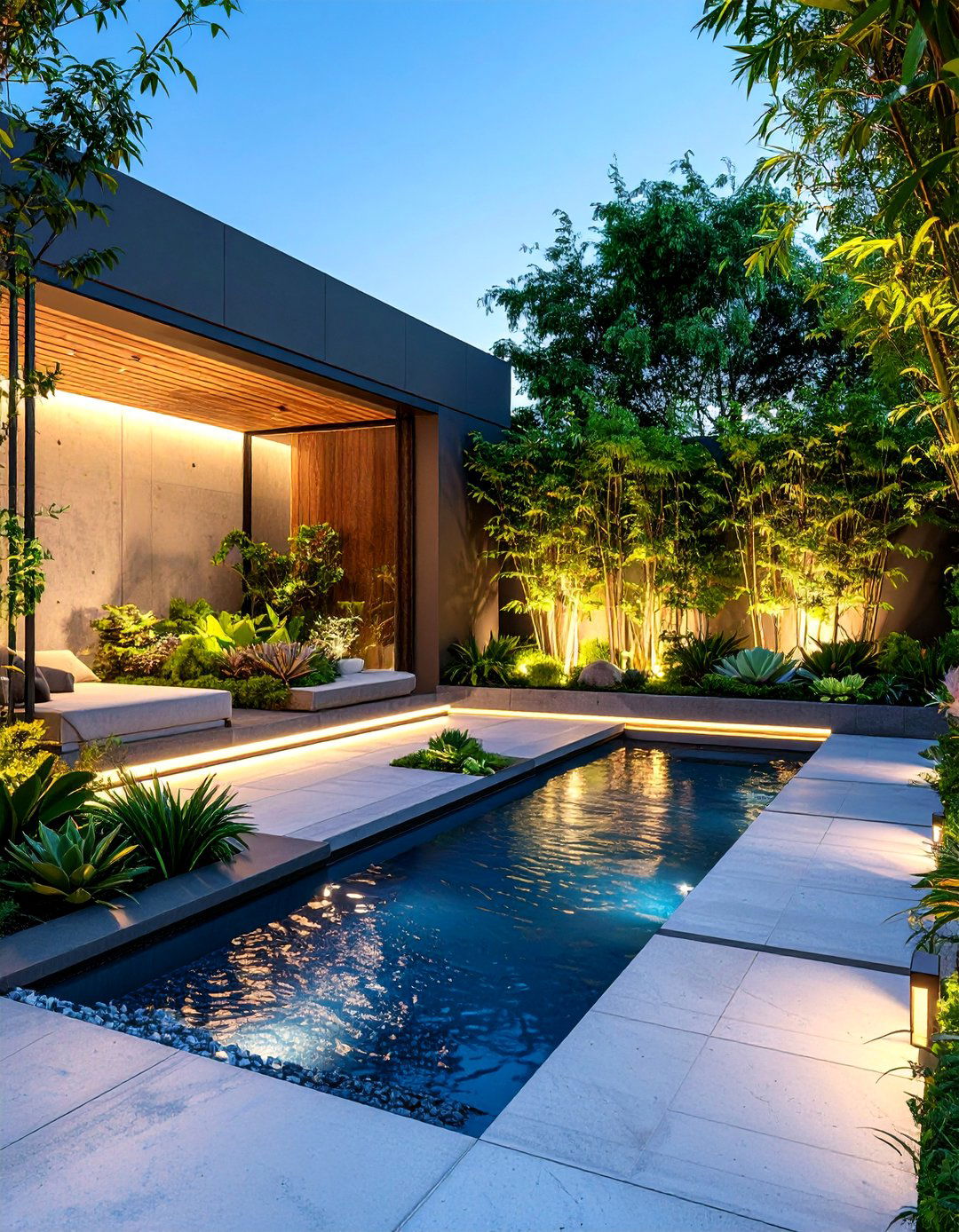
This modern walled garden embraces clean lines with porcelain tile flooring, rendered concrete walls, and sleek metal water features. The design utilizes a restricted color palette of whites, grays, and greens, with architectural plants like bamboo, ornamental grasses, and sculptural succulents in geometric planters. A linear water feature runs along one wall, creating soothing sounds while LED strip lighting provides subtle evening illumination. Built-in concrete seating integrates storage solutions, while automated irrigation systems maintain the carefully curated plant selection. The space emphasizes quality over quantity, with each element serving both functional and aesthetic purposes in perfect harmony.
3. English Cottage Garden Sanctuary
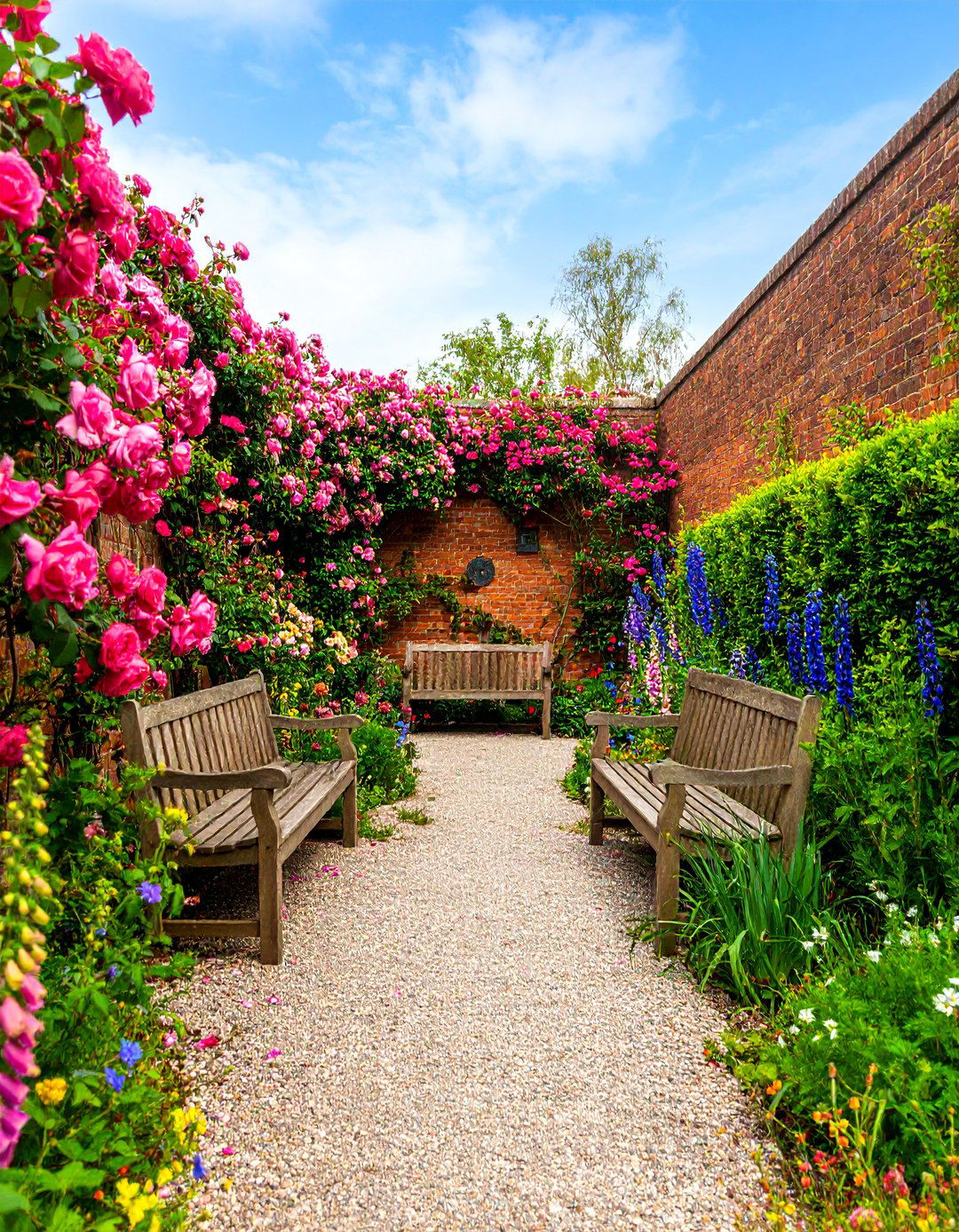
Celebrating informal abundance, this walled garden features weathered brick walls covered in climbing roses, clematis, and honeysuckle. Curved gravel pathways meander through mixed borders overflowing with foxgloves, delphiniums, sweet peas, and cottage pinks. A central sundial acts as a focal point surrounded by boxwood hedging, while traditional wooden benches provide contemplative seating areas. The planting scheme emphasizes succession blooming, ensuring color throughout growing seasons. Vintage garden tools, weathered terracotta pots, and antique gates enhance the timeless appeal. Bird baths and feeding stations attract wildlife, while fragrant herbs near seating areas provide sensory delight for evening relaxation.
4. Vertical Living Wall Oasis
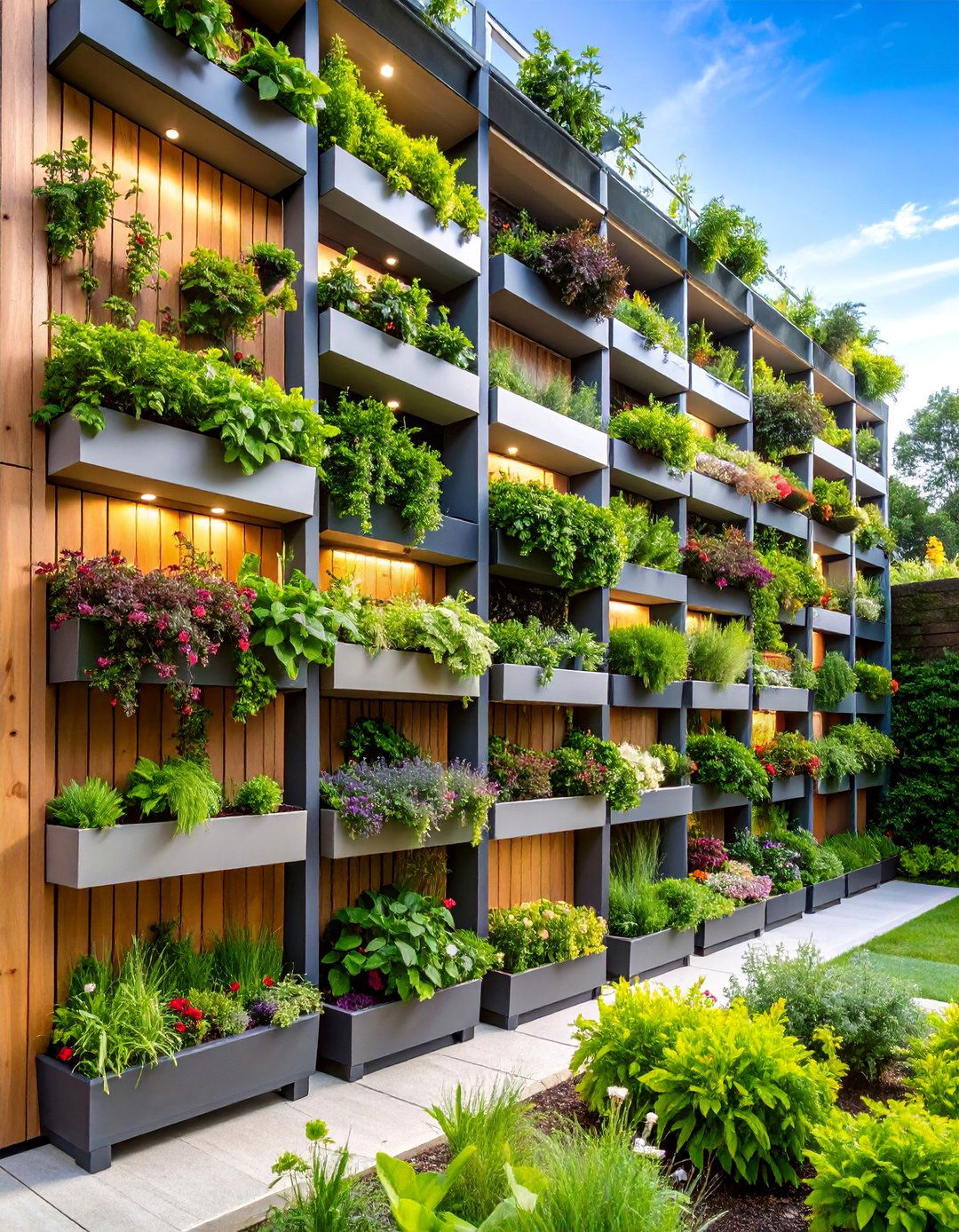
Transforming walls into living canvases, this garden maximizes growing space through innovative vertical planting systems. Modular growing panels house diverse plant collections from trailing strawberries to aromatic herbs, creating lush green tapestries against structural boundaries. Built-in irrigation systems ensure consistent moisture delivery while different panel orientations accommodate varying light conditions. Ground-level raised beds complement vertical displays with larger specimens like dwarf fruit trees and architectural plants. Integrated seating faces the living walls, allowing appreciation of seasonal changes. Solar-powered lighting highlights textural contrasts while collection containers manage water runoff efficiently. The design proves small spaces can support extensive plant diversity.
5. Zen Japanese Meditation Garden
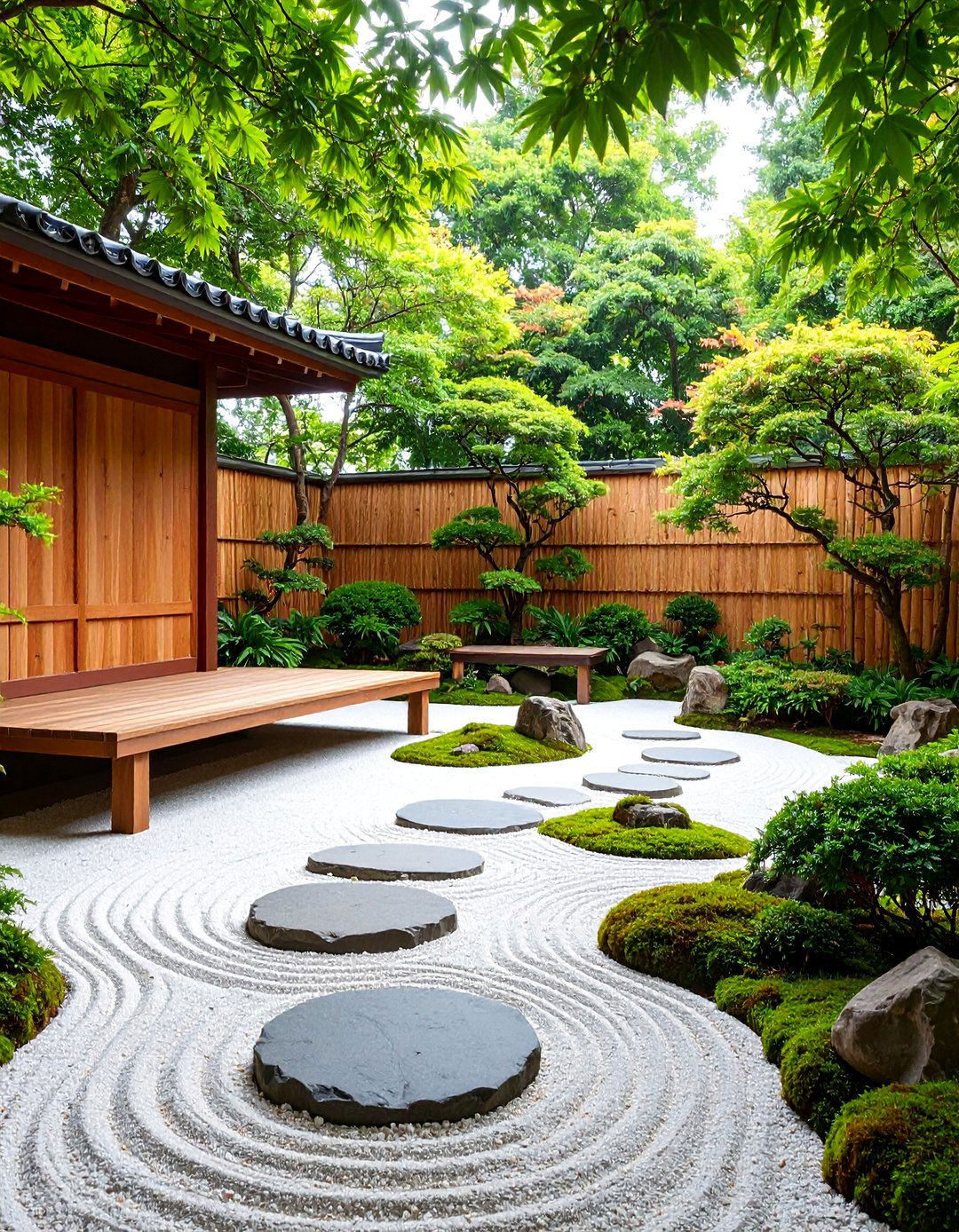
This tranquil space incorporates traditional Japanese elements including raked gravel areas, carefully placed stones, and minimalist water features. Bamboo fencing provides natural screening while stepping stones lead to a central meditation platform surrounded by moss-covered rocks. Plant selection emphasizes texture and form over color, featuring dwarf maples, ferns, and ornamental grasses in harmonious arrangements. A small recirculating fountain creates gentle water sounds while strategically placed lanterns provide soft lighting. Wooden benches integrate seamlessly into the design, offering contemplative seating. The overall aesthetic promotes mindfulness through intentional simplicity, creating a peaceful retreat from modern life's complexities.
6. Tropical Paradise Escape
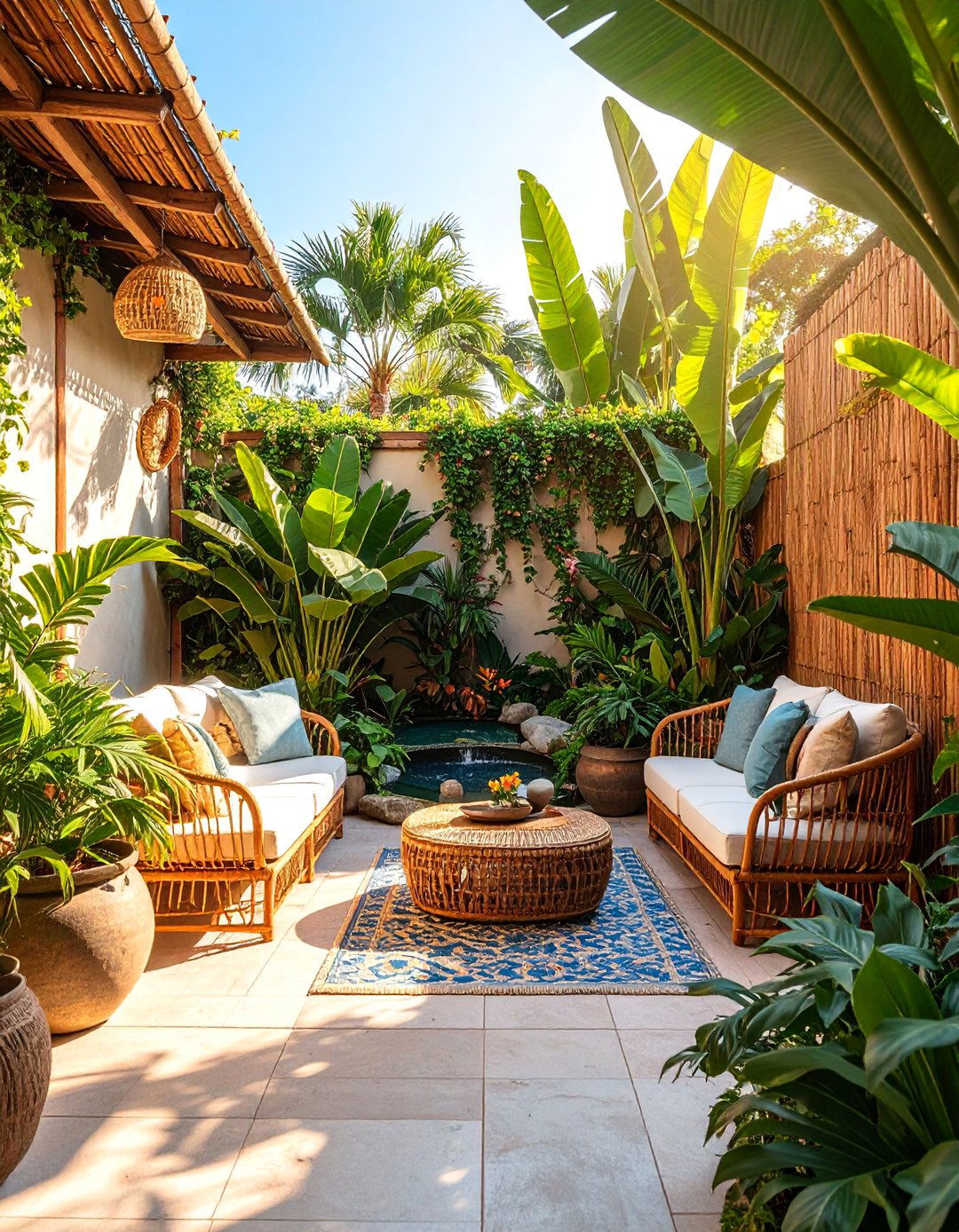
Bold foliage and vibrant colors transform this walled space into an exotic jungle retreat. Large palm containers anchor corners while banana plants and tropical flowering shrubs create dense, layered plantings. A small decorative pond supports aquatic plants and provides humidity for surrounding vegetation. Bamboo screening and timber decking enhance the tropical atmosphere while colorful ceramic tiles add artistic flair. Climbing vines like passion flower and mandevilla clothe walls in flowering displays. Comfortable rattan furniture with bright cushions creates relaxation zones, while overhead misting systems help maintain ideal growing conditions. Strategic lighting showcases dramatic plant silhouettes after dark, extending enjoyment into evening hours.
7. Kitchen Herb Garden Haven
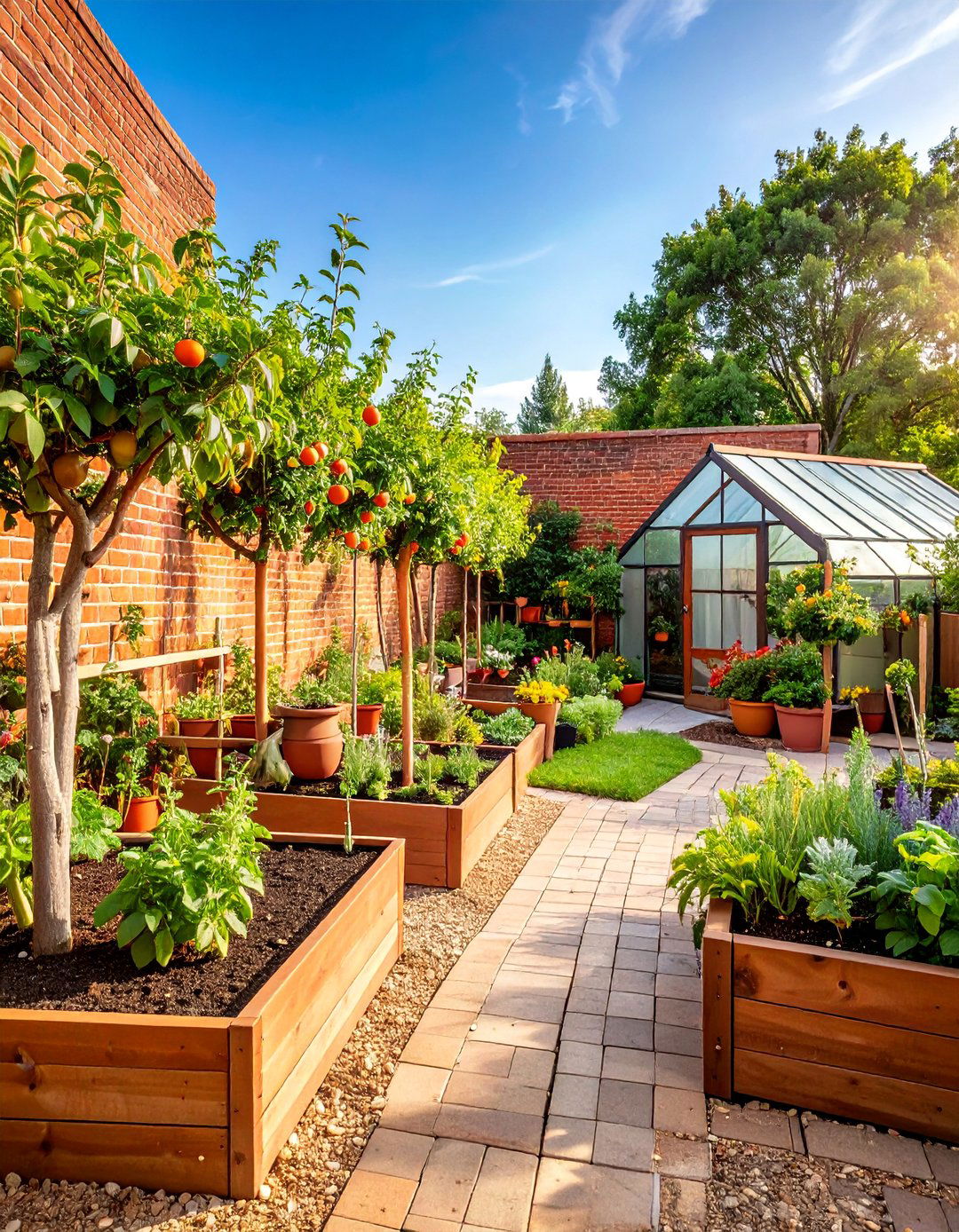
Designed for culinary enthusiasts, this practical space organizes herbs and vegetables in attractive raised beds with integrated pathways. Warm brick walls support espalier fruit trees while providing attachment points for climbing vegetables like beans and peas. Central water access facilitates easy maintenance while wheeled planters allow seasonal rearrangement. A small greenhouse extends growing seasons while nearby potting benches provide workspace for garden maintenance. Dedicated sections for different herb families create organized growing zones, from Mediterranean herbs requiring good drainage to moisture-loving mint varieties. Harvest baskets and garden tools integrate into attractive storage solutions while nearby seating allows peaceful enjoyment of garden-to-table connections.
8. Secret Garden Romance
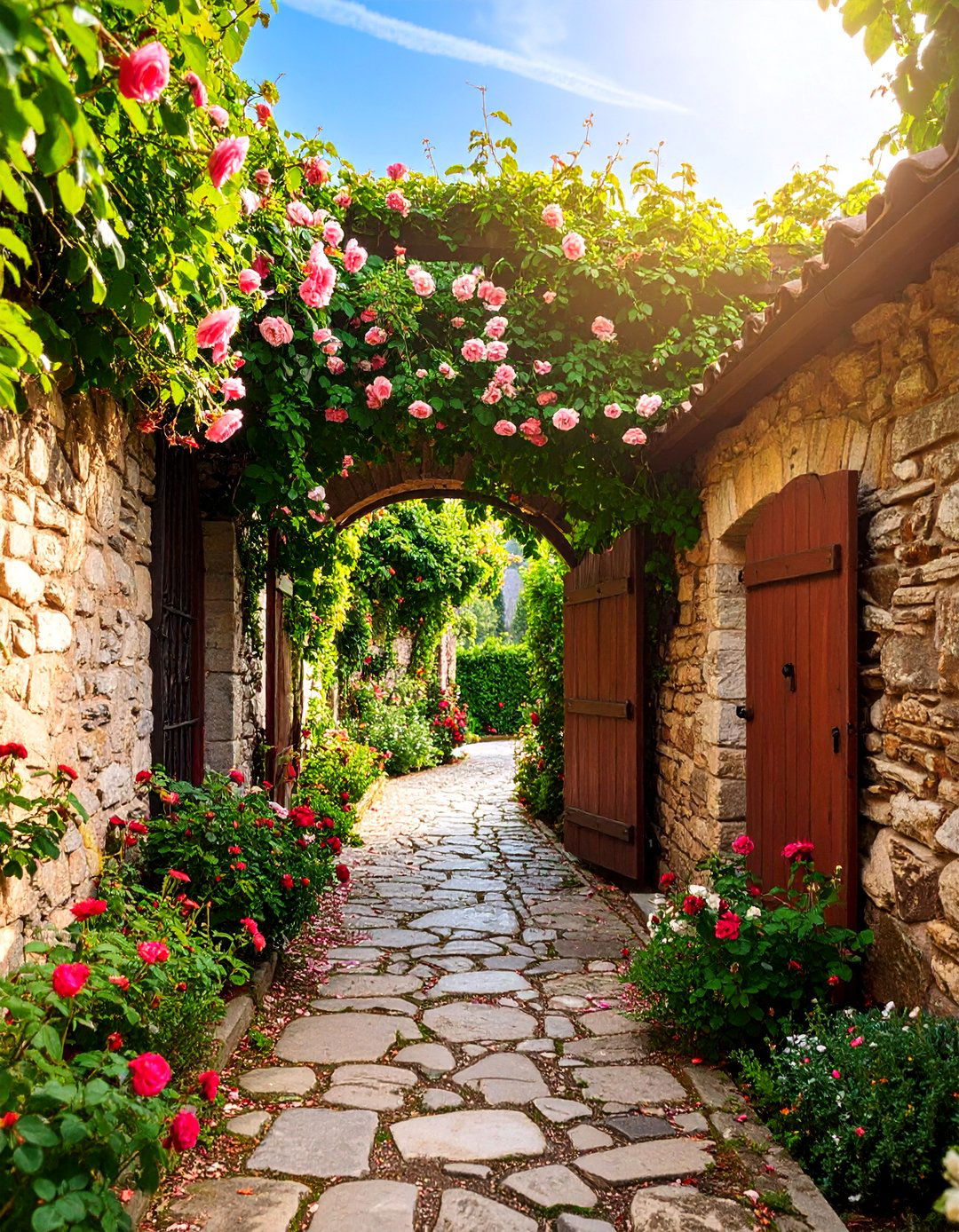
Inspired by literary gardens, this enchanted space emphasizes discovery through winding pathways and hidden alcoves. Weathered stone walls support climbing roses while ornate gates create intriguing entrances. Mixed borders overflow with romantic flowers like peonies, lavender, and sweet-scented stocks, creating cottage garden abundance. A central arbor draped in flowering vines provides intimate seating while scattered stepping stones lead to surprise destinations. Vintage garden ornaments, antique planters, and weathered statuary enhance the timeless atmosphere. Soft pathway lighting creates magical evening ambiance while bird songs from nearby feeders provide natural soundscapes. Each corner reveals new delights, encouraging exploration and contemplation.
9. Modern Succulent Showcase

Celebrating water-wise gardening, this contemporary space features dramatic succulent displays in geometric arrangements. Corten steel planters and walls create warm, rust-colored backdrops while crushed granite pathways provide clean, modern lines. Different succulent varieties create textural contrasts, from spiky agaves to soft, trailing sedums arranged in sculptural compositions. A central fire feature extends outdoor season while integrated LED lighting highlights plant architecture after dark. Low-maintenance automatic irrigation ensures proper care while weather-resistant furniture provides comfortable seating. The design proves sustainable gardening can be both environmentally responsible and visually striking, requiring minimal water while delivering maximum impact.
10. Victorian Formal Parterre
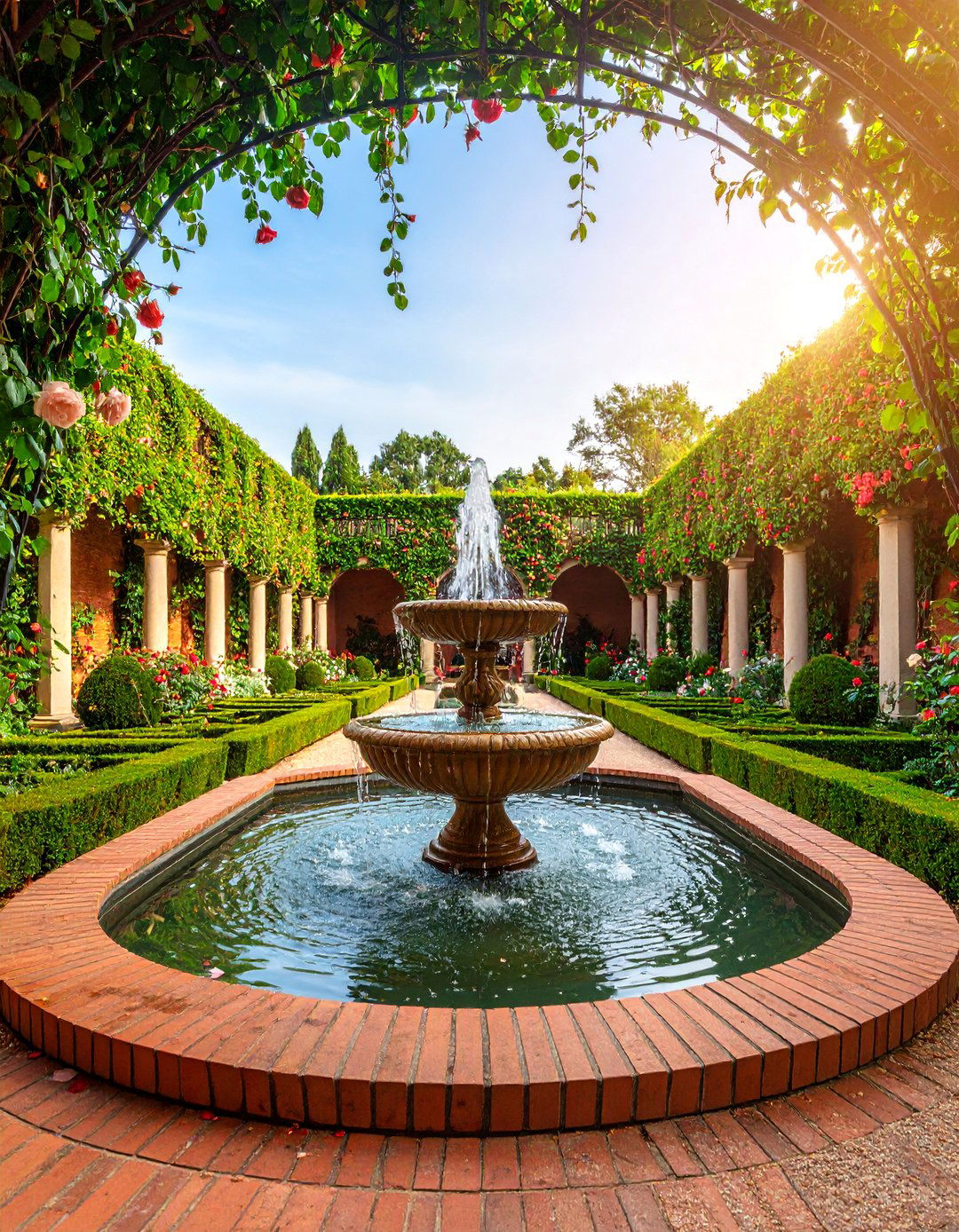
This historically-inspired design recreates classic Victorian garden elegance through geometric planting patterns and formal structures. Precisely trimmed boxwood hedging creates intricate knot garden patterns filled with seasonal color displays. Central fountain or sundial provides focal points while symmetrical pathways ensure balanced proportions. Climbing roses trained along walls provide vertical interest while topiary specimens in decorative containers add sculptural elements. Traditional materials like brick edging and gravel paths maintain historical authenticity. Wooden benches positioned for optimal garden views encourage appreciation of horticultural artistry. Seasonal bedding plants ensure year-round color while maintaining strict geometric precision, demonstrating gardening as high art form.
11. Desert Oasis Sanctuary
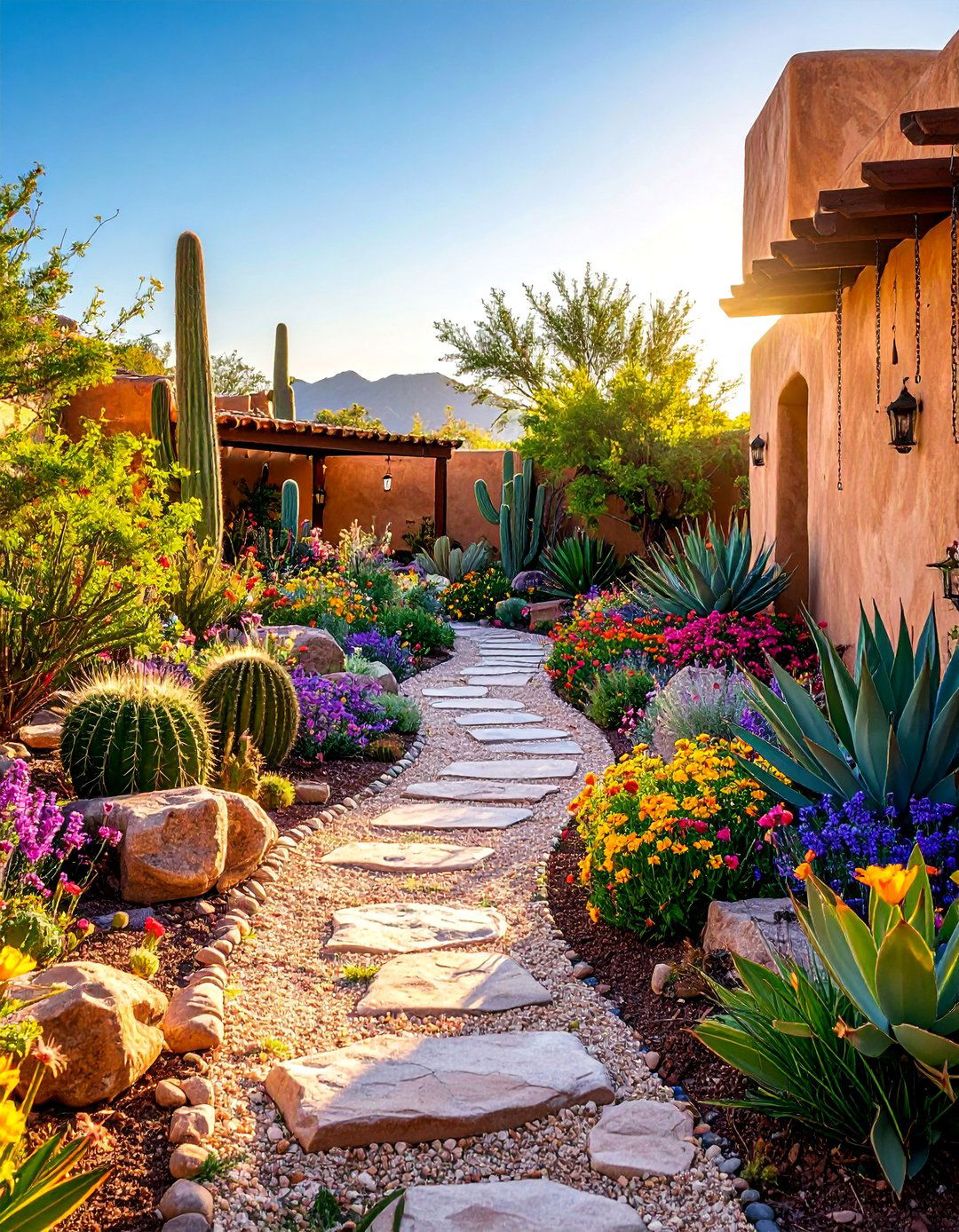
Drawing inspiration from arid landscapes, this garden creates dramatic beauty through desert plant collections and natural stone elements. Decomposed granite pathways wind between raised beds filled with architectural cacti, colorful desert flowers, and sculptural agaves. Natural boulder seating integrates with the landscape while a small xerogarden demonstrates sustainable water practices. Shade structures provide relief during hot weather while fire features extend evening enjoyment. Warm color schemes in walls and paving complement plant selections while integrated lighting highlights dramatic plant silhouettes. Rain chains and attractive drainage solutions manage occasional water while celebration drought-adapted plants proves beautiful gardens don't require extensive irrigation systems.
12. Container Garden Paradise

Maximizing flexibility through portable plantings, this design emphasizes beautiful containers arranged in thoughtful compositions. Various sized pots from large statement pieces to small accent planters create dynamic displays that change seasonally. Elevated staging areas provide optimal display while integrated irrigation systems simplify maintenance. Moveable screens and trellises allow layout modifications while weather-resistant storage integrates garden supplies. Different microclimates within the space accommodate diverse plant needs from full sun to partial shade requirements. Quality containers in coordinated colors create visual unity while seasonal plant changes ensure year-round interest. The approach allows renters and frequent movers to create impressive gardens without permanent installations.
13. Water Garden Tranquility

Central water features transform this space into a peaceful aquatic sanctuary with pond ecosystem supporting both plants and wildlife. Shallow areas accommodate marginal plants while deeper sections house aquatic specimens and possibly small fish. Surrounding plantings include moisture-loving perennials and grasses that complement water themes. Natural stone edging creates informal pond boundaries while integrated seating provides prime viewing positions. Small waterfalls or fountains provide movement and sound while aquatic lighting extends evening enjoyment. Bog gardens nearby expand aquatic planting opportunities while rain gardens demonstrate sustainable water management. The design creates year-round interest through seasonal aquatic plant changes and wildlife activity supporting local ecosystems.
14. Shade Garden Sanctuary

Celebrating areas with limited sun, this garden proves shaded spaces can be lush and beautiful through careful plant selection. Hostas, ferns, and astilbe create textural foundations while flowering shade plants like hellebores and coral bells add color. Moss-covered pathways and natural stone elements complement the woodland atmosphere while water features provide additional cooling effects. Comfortable seating positioned to enjoy filtered light creates perfect reading spots while strategic lighting illuminates evening gatherings. Different shade levels throughout space accommodate varying plant requirements from deep shade to dappled light conditions. The design demonstrates that limited sun exposure can result in sophisticated, beautiful gardens requiring minimal maintenance.
15. Edible Flower Garden
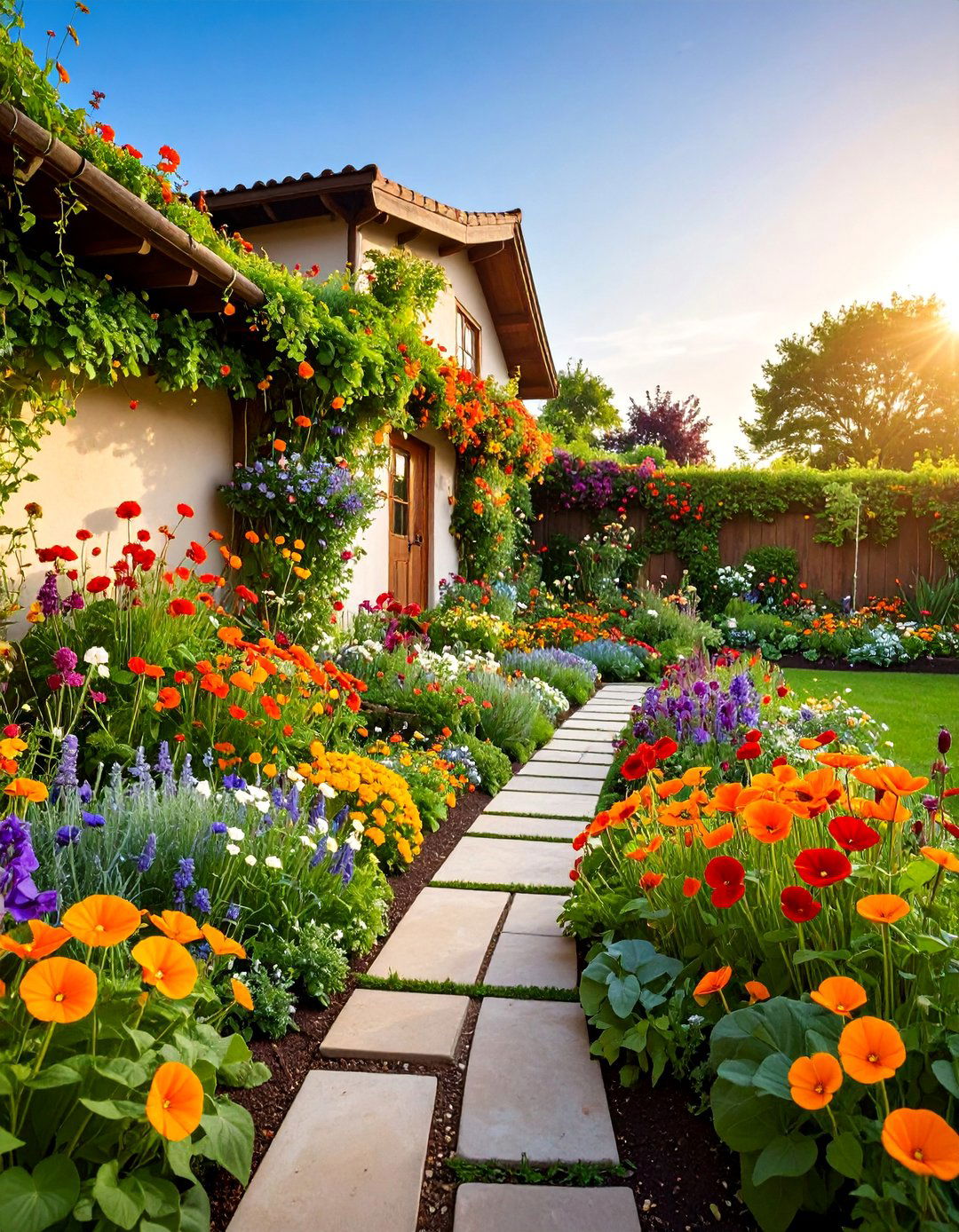
Combining beauty with culinary function, this space integrates edible flowers throughout mixed plantings creating both visual appeal and harvest opportunities. Nasturtiums, violas, and calendulas mix with herbs and vegetables in attractive raised beds while edible climbing plants like runner beans provide vertical interest. Dedicated cutting garden areas ensure steady supply for kitchen use while integrated workspace facilitates flower and herb processing. Various bloom times ensure seasonal succession while complementary plantings support beneficial insects. Attractive labels and garden markers provide plant identification while nearby seating allows appreciation of garden productivity. The design proves functional gardens can be beautiful while providing unique ingredients for adventurous cooking.
16. Rock Garden Alpine Display

Featuring well-draining conditions and specialized plant communities, this garden celebrates alpine and rock garden plants in naturalistic settings. Strategically placed boulders create microclimates while scree beds provide perfect drainage for specialized plants. Various sedums, saxifrages, and other rock plants create colorful tapestries between stone elements while dwarf conifers provide year-round structure. Gravel pathways allow close plant observation while integrated seating provides rest stops during garden exploration. Different exposure areas accommodate varying plant requirements from full sun to partial shade conditions. The design demonstrates how challenging growing conditions can result in unique, beautiful gardens supporting specialized plant communities requiring minimal water and maintenance.
17. Seasonal Color Garden
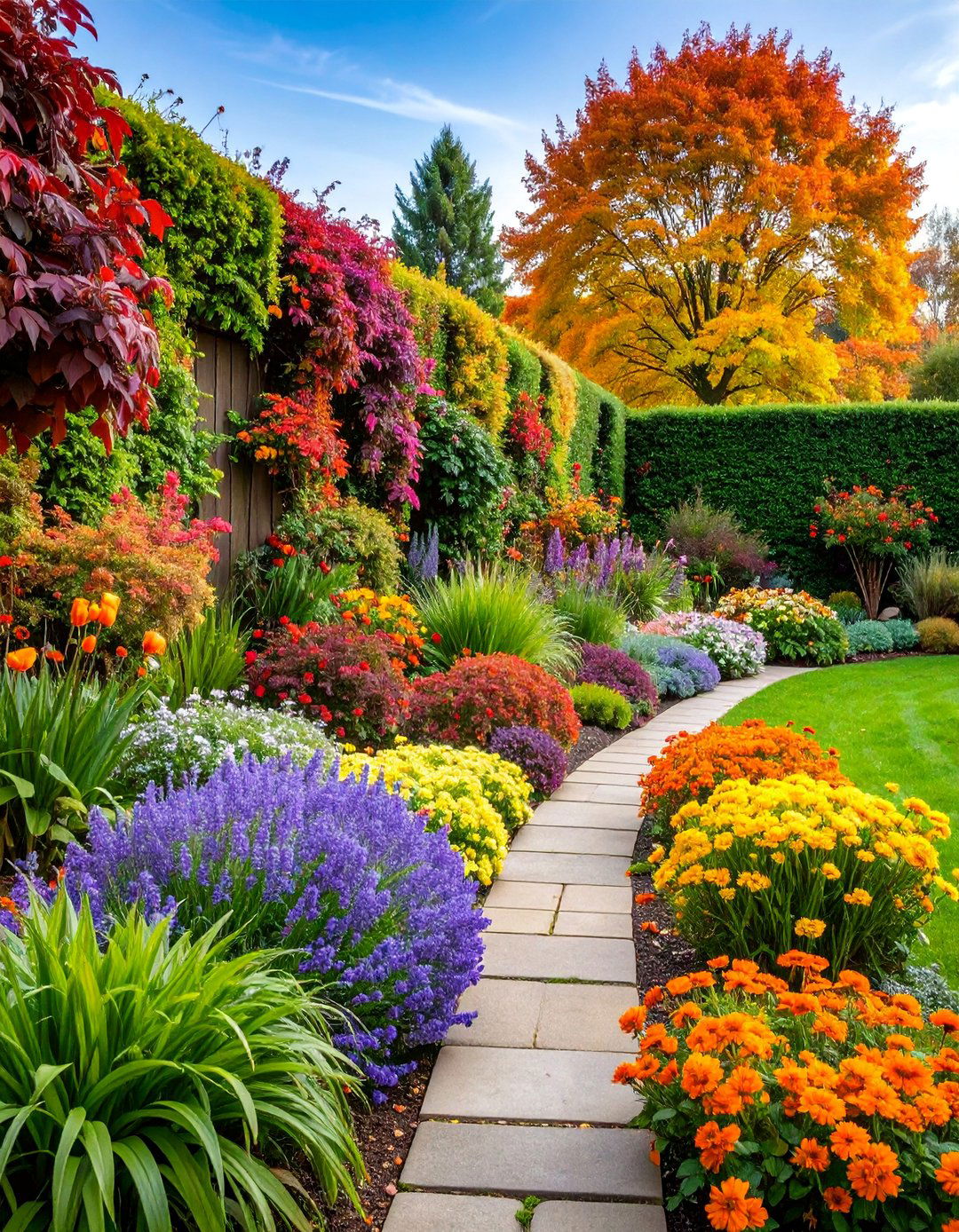
Designed for year-round visual interest, this space emphasizes seasonal plant succession ensuring continuous garden beauty. Spring bulbs give way to summer perennials and annuals while autumn foliage and winter structural plants maintain interest during dormant seasons. Strategic evergreen plantings provide consistent framework while deciduous specimens offer seasonal drama. Flexible planting areas accommodate seasonal changes while integrated storage maintains garden supplies and seasonal decorations. Color-themed sections rotate through seasons while complementary plantings support extended bloom periods. Weather-resistant features ensure year-round garden enjoyment while seasonal maintenance tasks become part of garden rhythm. The design celebrates natural seasonal progression while maximizing visual impact throughout changing conditions.
18. Cottage Herb Spiral Garden

This space-efficient design creates maximum growing area through spiraling raised beds accommodating different herbs' varying needs. Mediterranean herbs occupy sunny, well-drained upper spiral sections while moisture-loving herbs thrive in lower, shadier areas. Central access allows easy maintenance while stone construction provides thermal mass benefiting plant growth. Integrated pathways spiral around plantings facilitating harvesting while nearby workspace supports herb processing and preservation. Different microclimates within spiral structure accommodate diverse herb requirements from sun-loving rosemary to shade-tolerant parsley. Educational labeling helps identify various herbs while nearby seating provides spots to enjoy garden fragrances. The design maximizes productivity while creating attractive, functional garden features.
19. Wildlife Haven Garden

Designed to support local wildlife, this garden integrates native plants with features supporting birds, butterflies, and beneficial insects. Native flowering plants provide nectar sources while berry-producing shrubs offer natural food supplies. Water features accommodate different wildlife needs from shallow bird baths to deeper drinking areas. Varied plant heights create habitat diversity while dead wood piles provide beneficial insect homes. Chemical-free growing practices ensure safe environments while organic compost areas support soil health. Strategic viewing areas allow wildlife observation while nearby shelter areas provide refuge during weather extremes. The design demonstrates how small gardens can significantly contribute to local ecosystem health while providing educational opportunities about native plants and wildlife relationships.
20. Nighttime Garden Escape
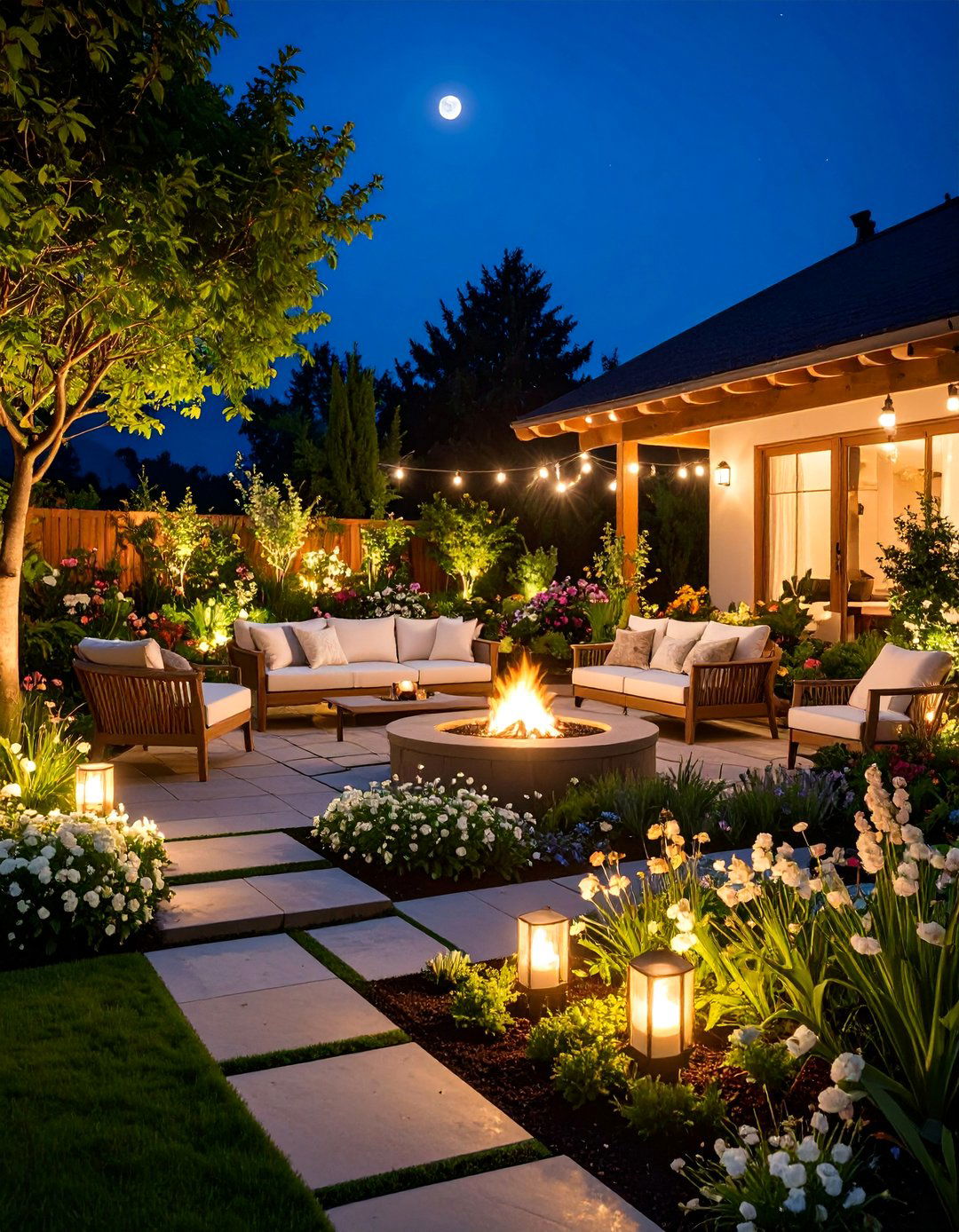
Emphasizing evening use, this garden features plants and elements that come alive after dark through strategic lighting and night-blooming selections. White and pale-colored flowers glow in evening light while fragrant plants like evening primrose and night-blooming cereus provide sensory experiences. Integrated LED lighting highlights key features while solar options reduce energy consumption. Comfortable seating areas with weather-resistant cushions encourage evening relaxation while fire features extend seasonal outdoor use. Light-colored pathways improve safety while strategic placement avoids light pollution. Evening-blooming plants attract night pollinators while carefully planned lighting creates magical atmospheric effects. The design extends garden enjoyment beyond daylight hours while creating unique nocturnal experiences.
21. Indoor-Outdoor Garden Bridge
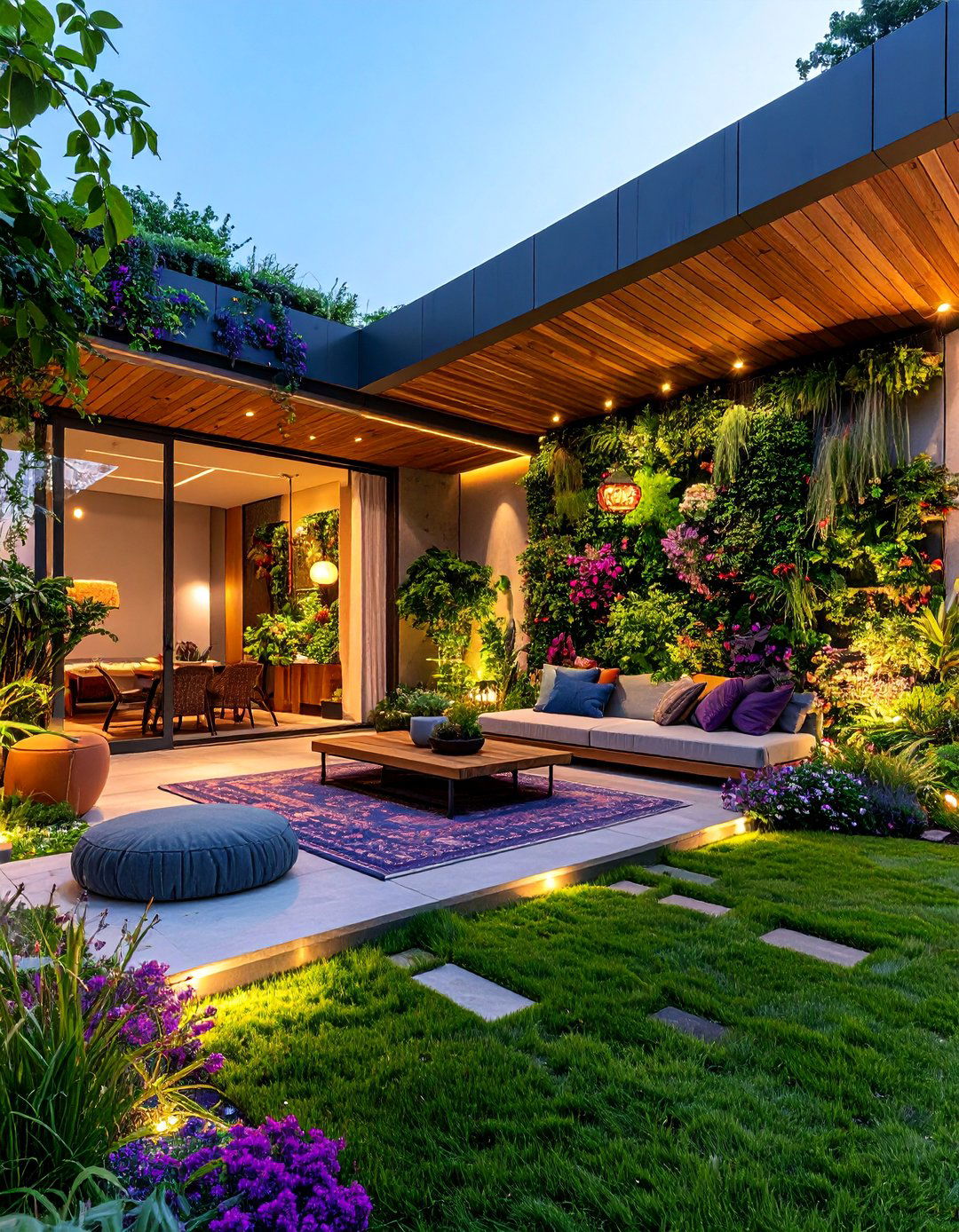
Seamlessly connecting interior and exterior spaces, this design extends interior plant collections outdoors while bringing garden elements inside. Large opening doors create flow between spaces while similar plant palettes unify indoor and outdoor areas. Weather-protected zones near building walls accommodate tender plants while moveable containers allow seasonal transitions. Interior design elements like outdoor rugs and weather-resistant furniture create cohesive styling while integrated lighting works in both spaces. Climate control considerations ensure plant success while architectural elements provide visual continuity. The design maximizes small spaces by eliminating traditional indoor-outdoor boundaries while creating year-round garden enjoyment regardless of weather conditions.
22. Therapeutic Sensory Garden
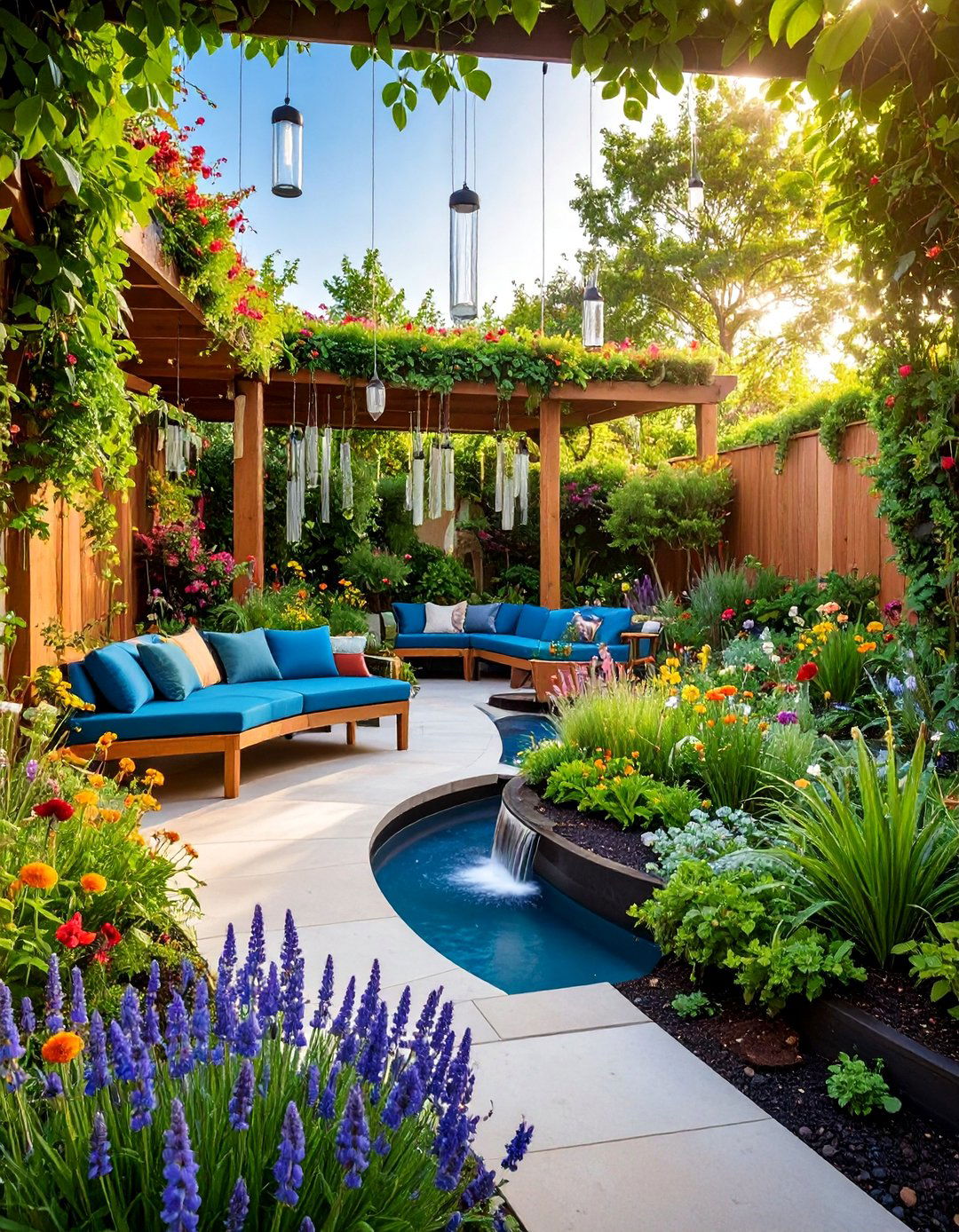
Designed for emotional and physical well-being, this space emphasizes plants and features engaging all five senses. Fragrant herbs and flowers provide aromatherapy benefits while textural plants invite touching and interaction. Wind chimes and water features create soothing soundscapes while colorful plantings provide visual stimulation. Edible plants offer taste experiences while comfortable seating accommodates varying physical abilities. Wide pathways ensure accessibility while raised beds reduce bending requirements. Integrated therapy features like balance beams or textural walkways support physical therapy goals. The design demonstrates gardens' healing potential while creating beautiful spaces supporting mental and physical health through natural interactions and peaceful environments.
23. Architectural Plant Gallery
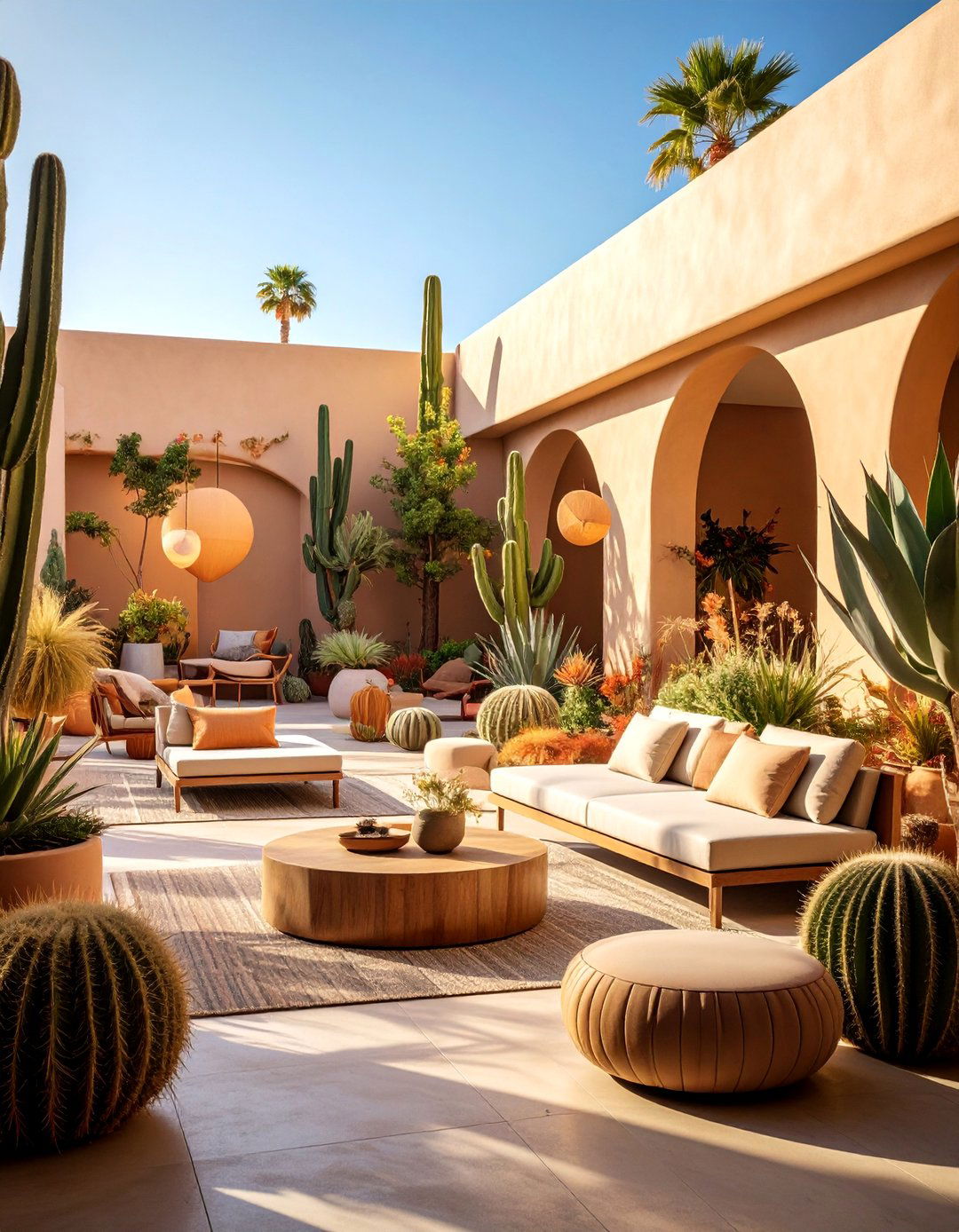
Focusing on plant forms and structures, this contemporary space showcases plants as living sculpture through dramatic specimens and artistic arrangements. Architectural plants like yucca, agave, and ornamental grasses create sculptural compositions while minimalist hardscaping provides neutral backdrops. Geometric planters in varied sizes create dynamic displays while integrated lighting highlights plant architecture. Quality over quantity approach emphasizes individual plant beauty while negative space provides visual rest areas. Seasonal interest comes from plant structure changes rather than flower displays while strategic placement creates dramatic shadow patterns. Contemporary seating provides viewing platforms while minimal maintenance requirements suit busy lifestyles. The design elevates gardening to art form while celebrating plant beauty.
24. Productive Micro-Farm
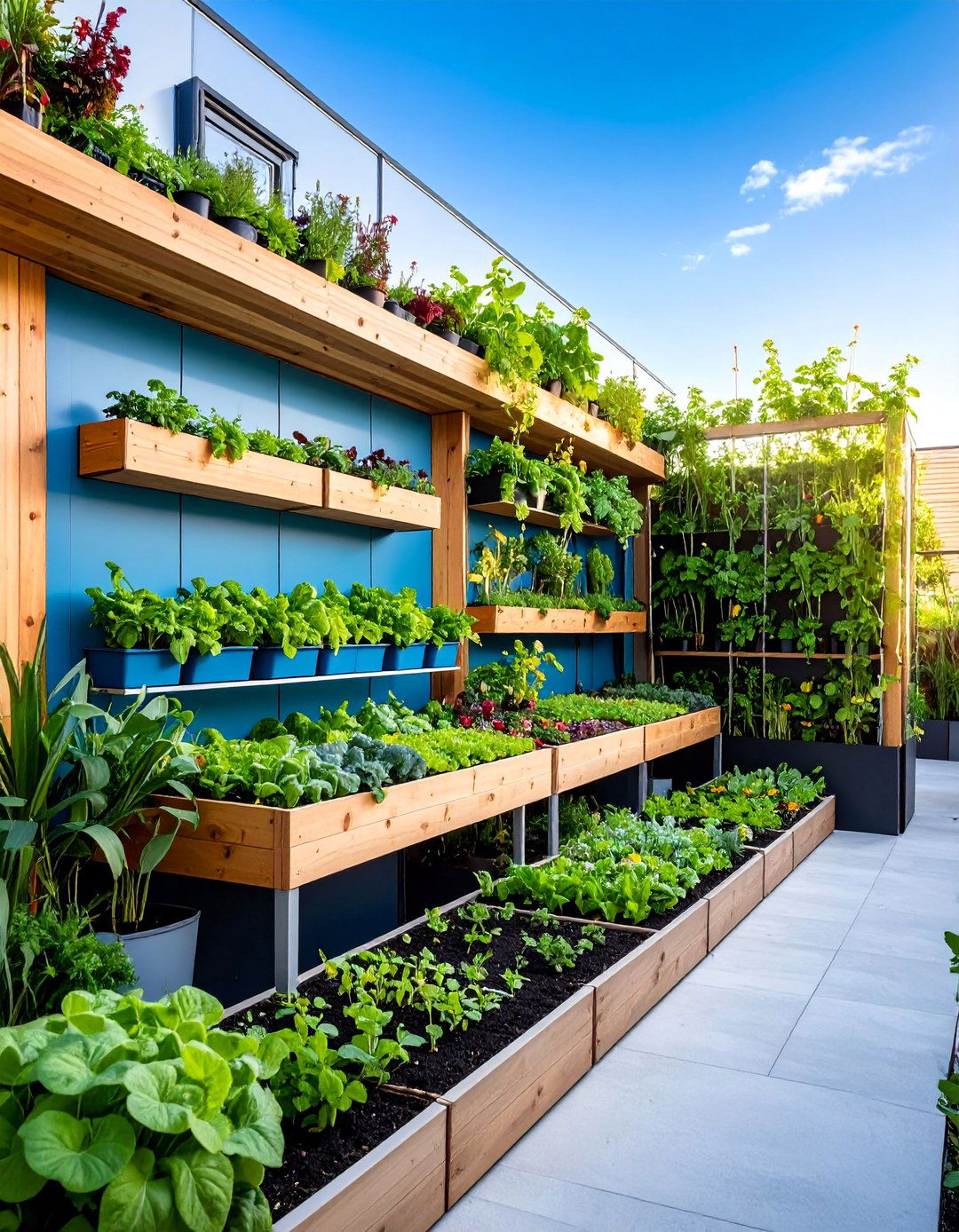
Maximizing food production in minimal space, this intensive garden demonstrates urban agriculture principles through efficient growing systems. Vertical growing structures support climbing crops while intensive bed systems maximize soil productivity. Integrated composting manages organic waste while water collection systems support irrigation needs. Different growing areas accommodate various crop requirements from leafy greens to root vegetables. Seasonal succession planting ensures continuous harvests while integrated workspace supports food processing and preservation. Educational elements demonstrate sustainable growing practices while nearby storage maintains tools and supplies. The design proves small spaces can significantly contribute to household food security while reducing environmental impact through local food production supporting sustainable living practices.
25. Four-Season Display Garden

Celebrating year-round garden beauty, this design ensures visual interest through all seasons by carefully selecting plants and features providing changing displays. Spring bulbs and flowering trees herald growing season while summer perennials and annuals provide peak color displays. Autumn brings foliage displays and harvest celebrations while winter reveals garden structure through evergreens and architectural elements. Strategic plant placement ensures something interesting in every season while integrated hardscaping provides consistent framework. Weather-resistant features enable year-round garden use while seasonal decorating opportunities extend celebration throughout changing seasons. Storage areas maintain seasonal supplies while flexible spaces accommodate seasonal activities from spring planting to winter holiday decorating, creating gardens that remain engaging throughout yearly cycles.
Conclusion:
Small walled gardens prove that limited space never limits creative potential. These 25 design themes demonstrate how thoughtful planning transforms modest areas into extraordinary outdoor sanctuaries. Whether embracing Mediterranean warmth, contemporary minimalism, or cottage garden charm, success lies in selecting cohesive elements that work harmoniously together. Each theme offers complete design solutions integrating hardscaping, plant selections, and functional features into unified concepts. By choosing themes matching personal lifestyle needs and maintenance preferences, any small walled space can become a treasured garden retreat providing beauty, functionality, and peaceful escape from daily stresses.


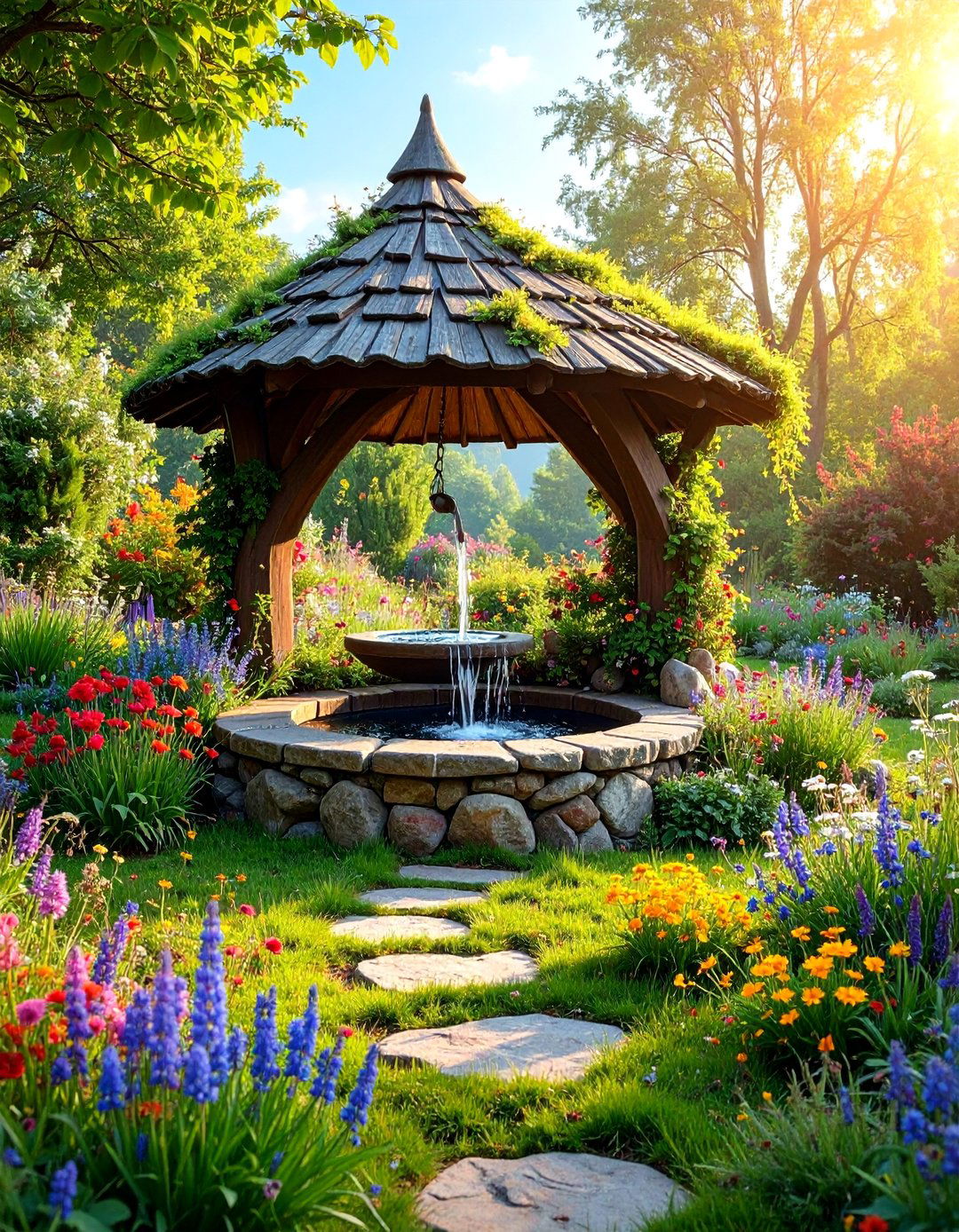

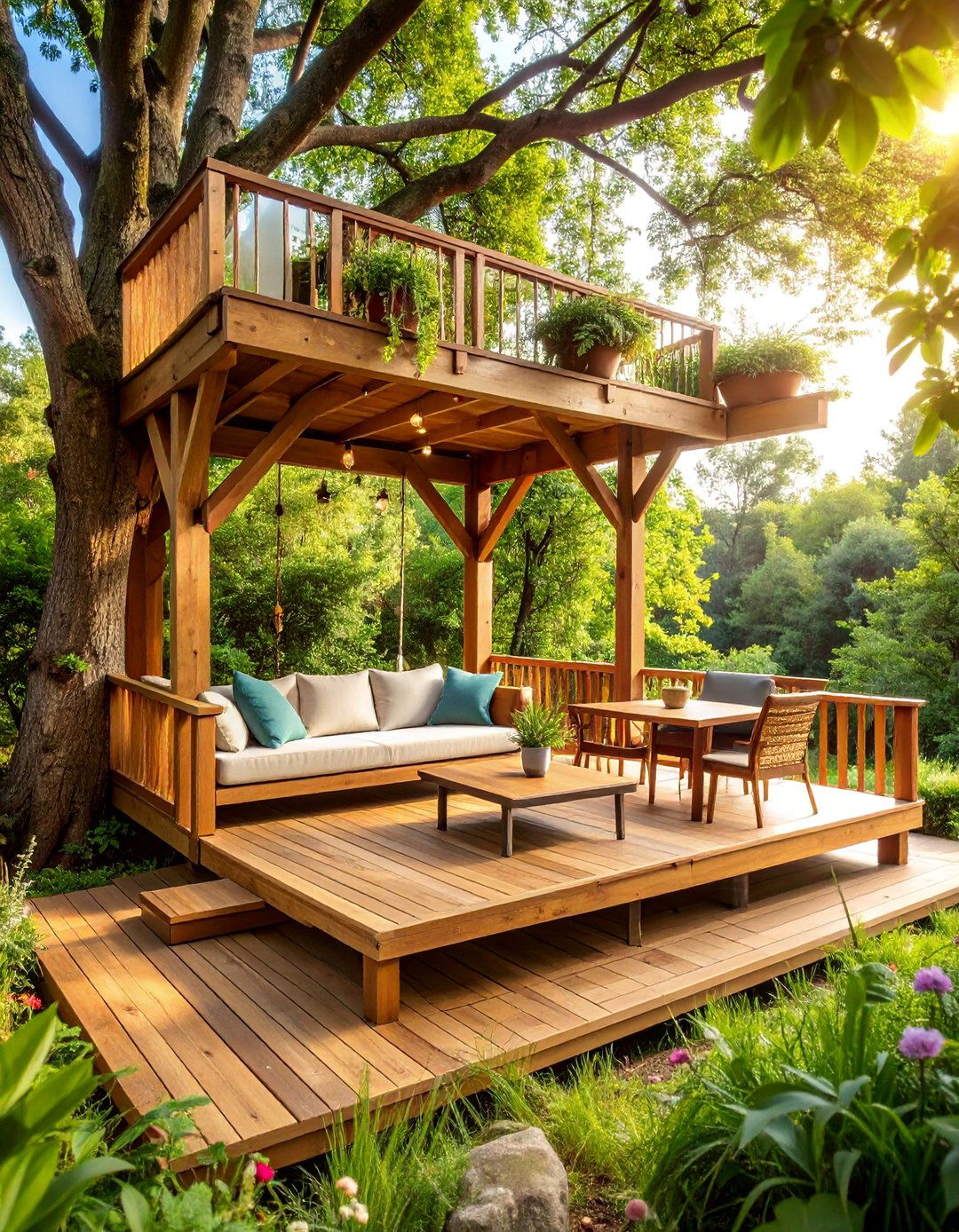
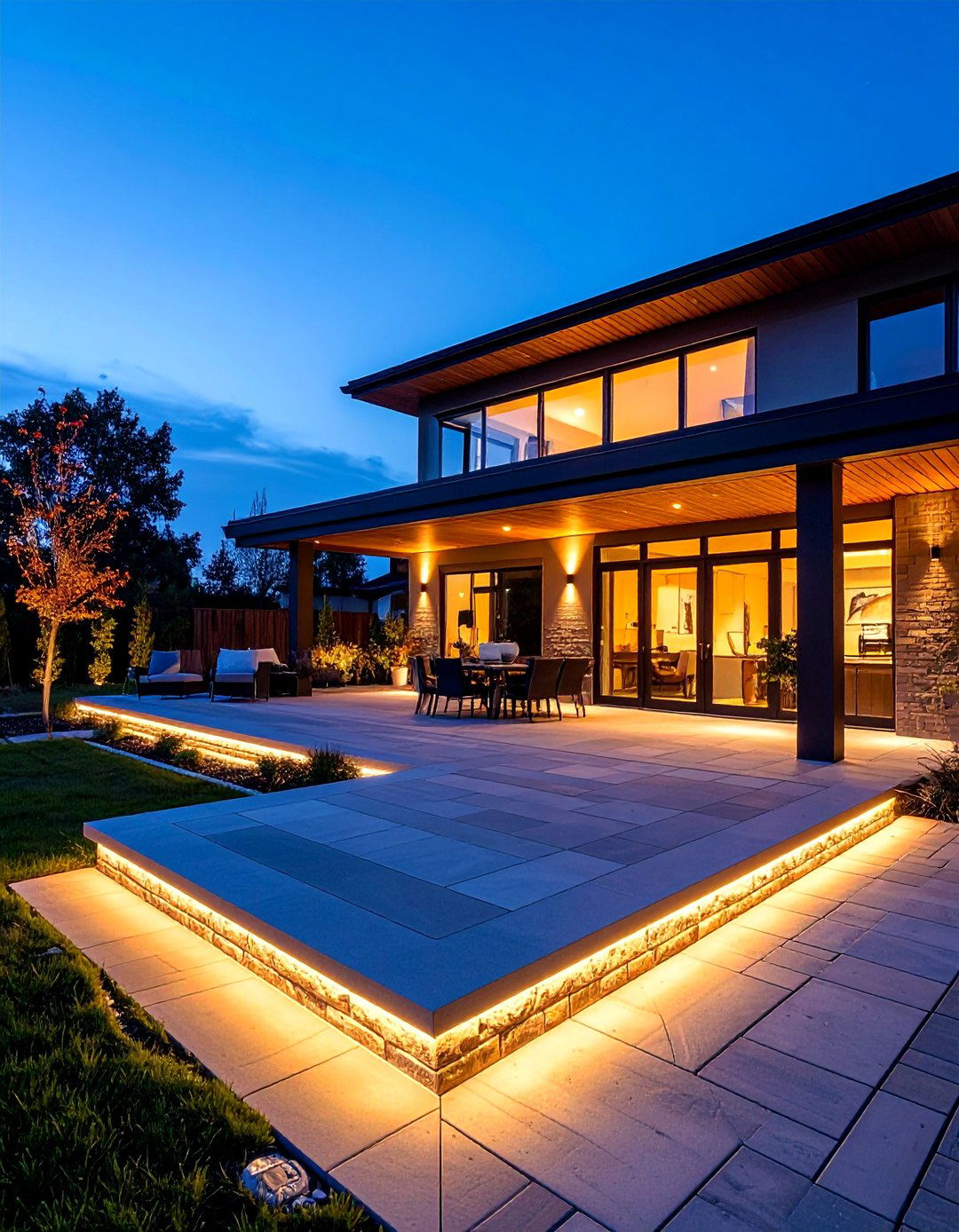
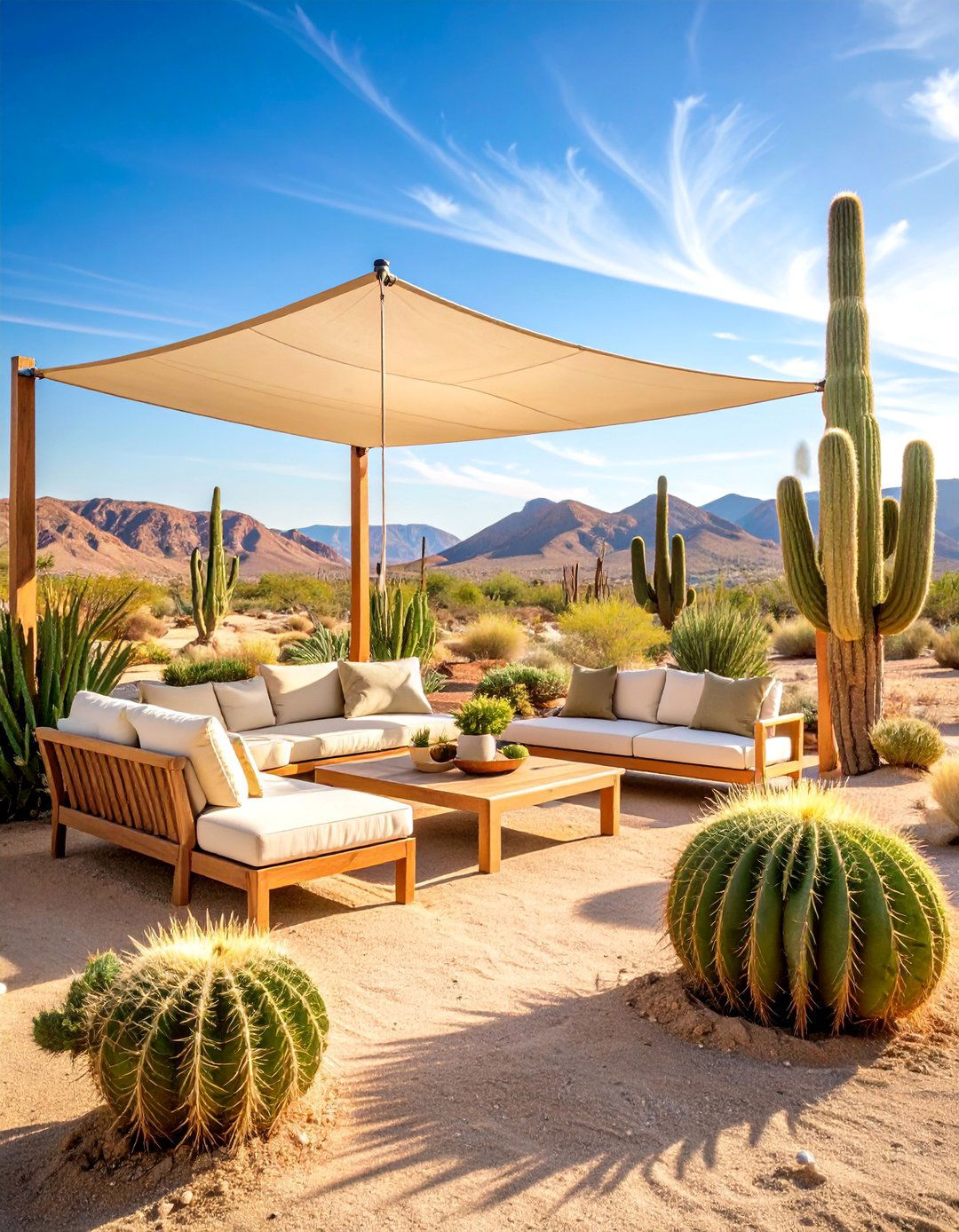
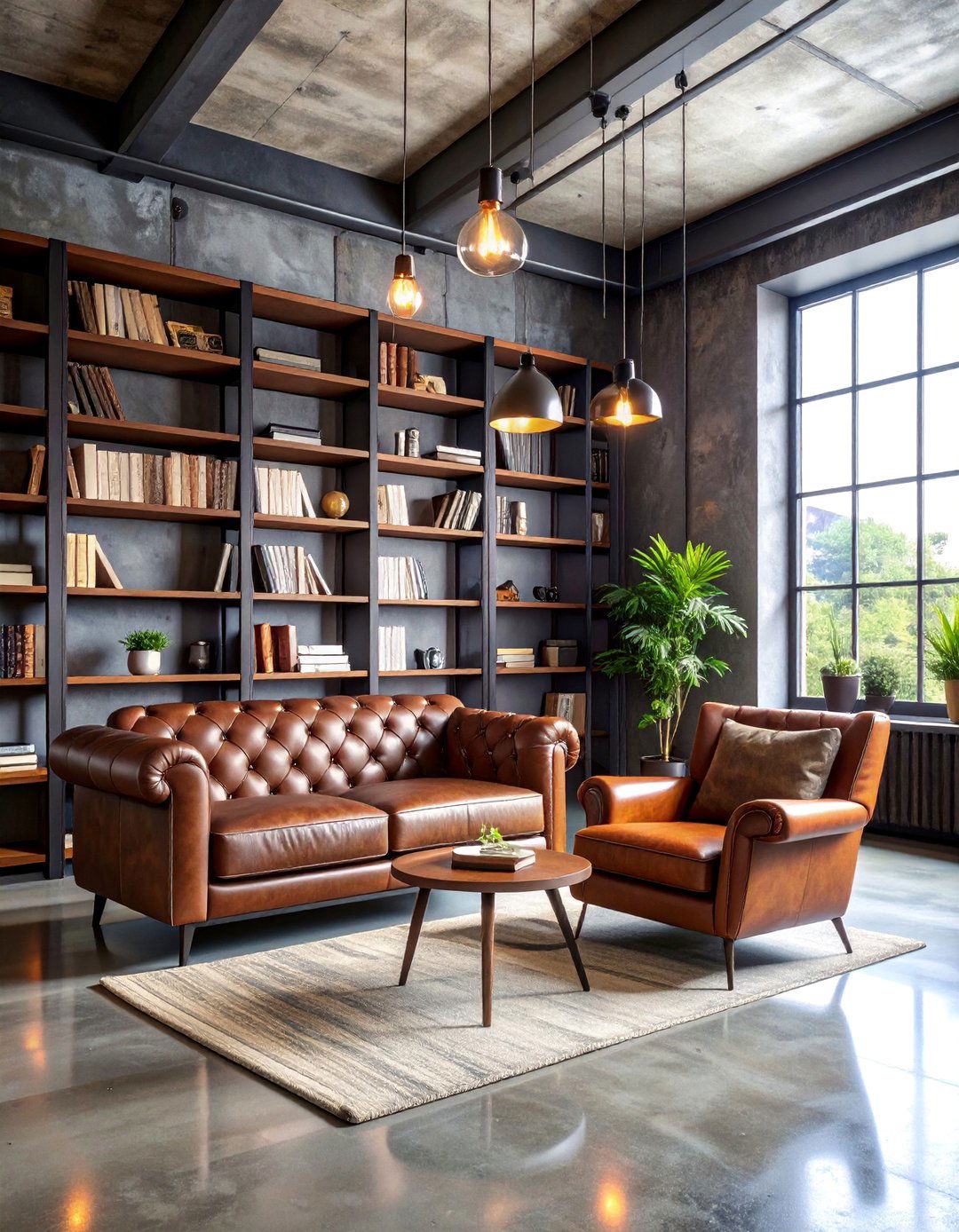
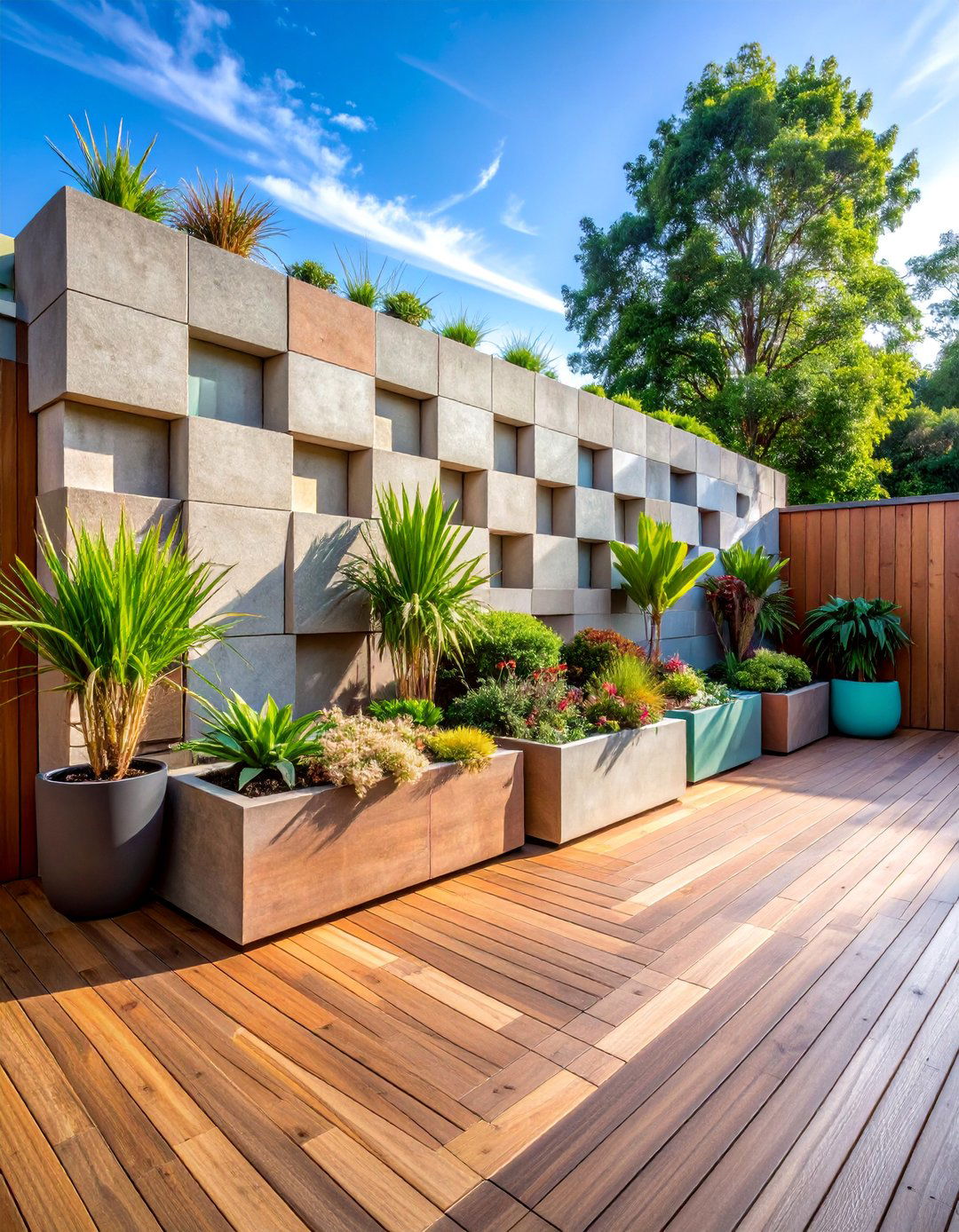
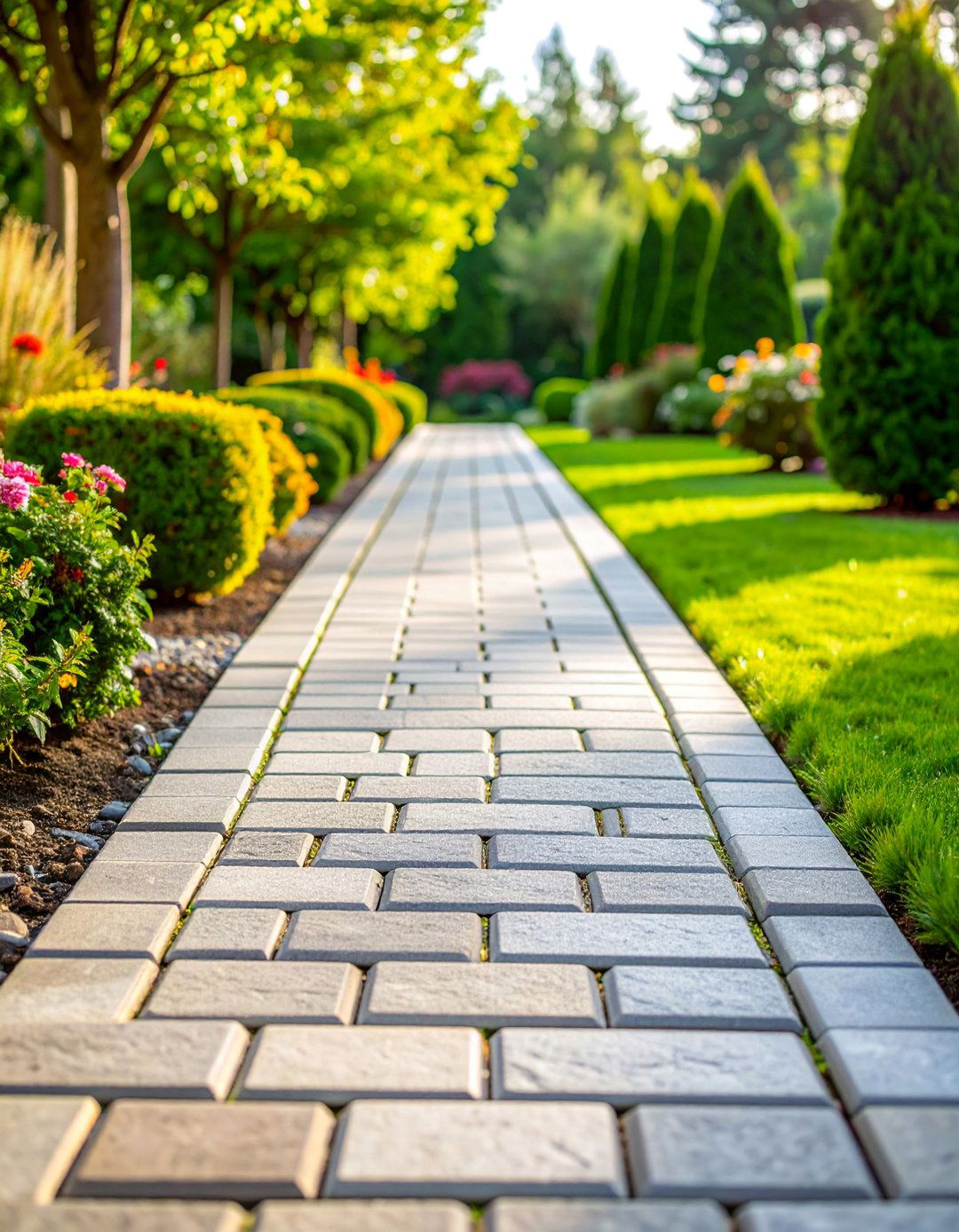
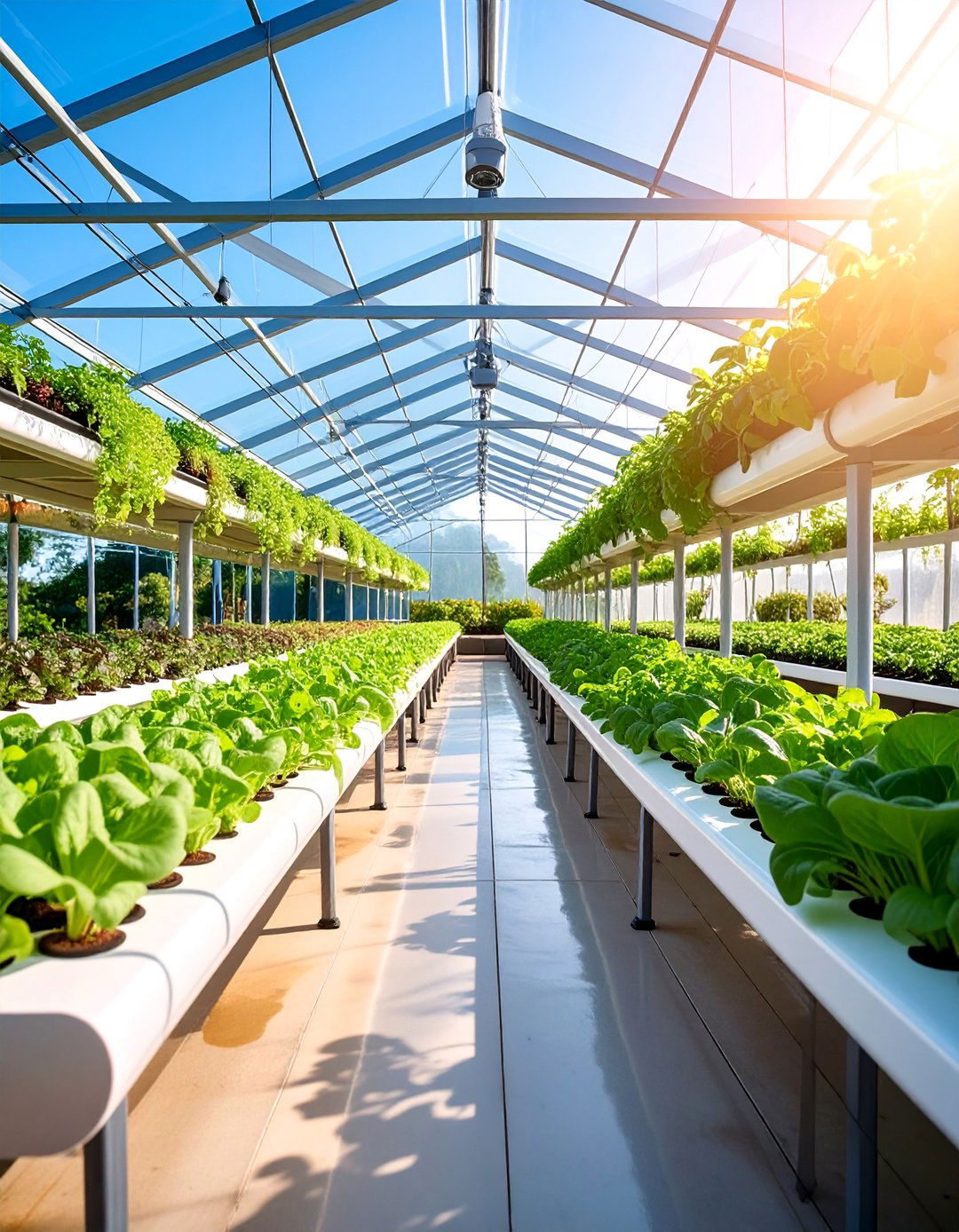
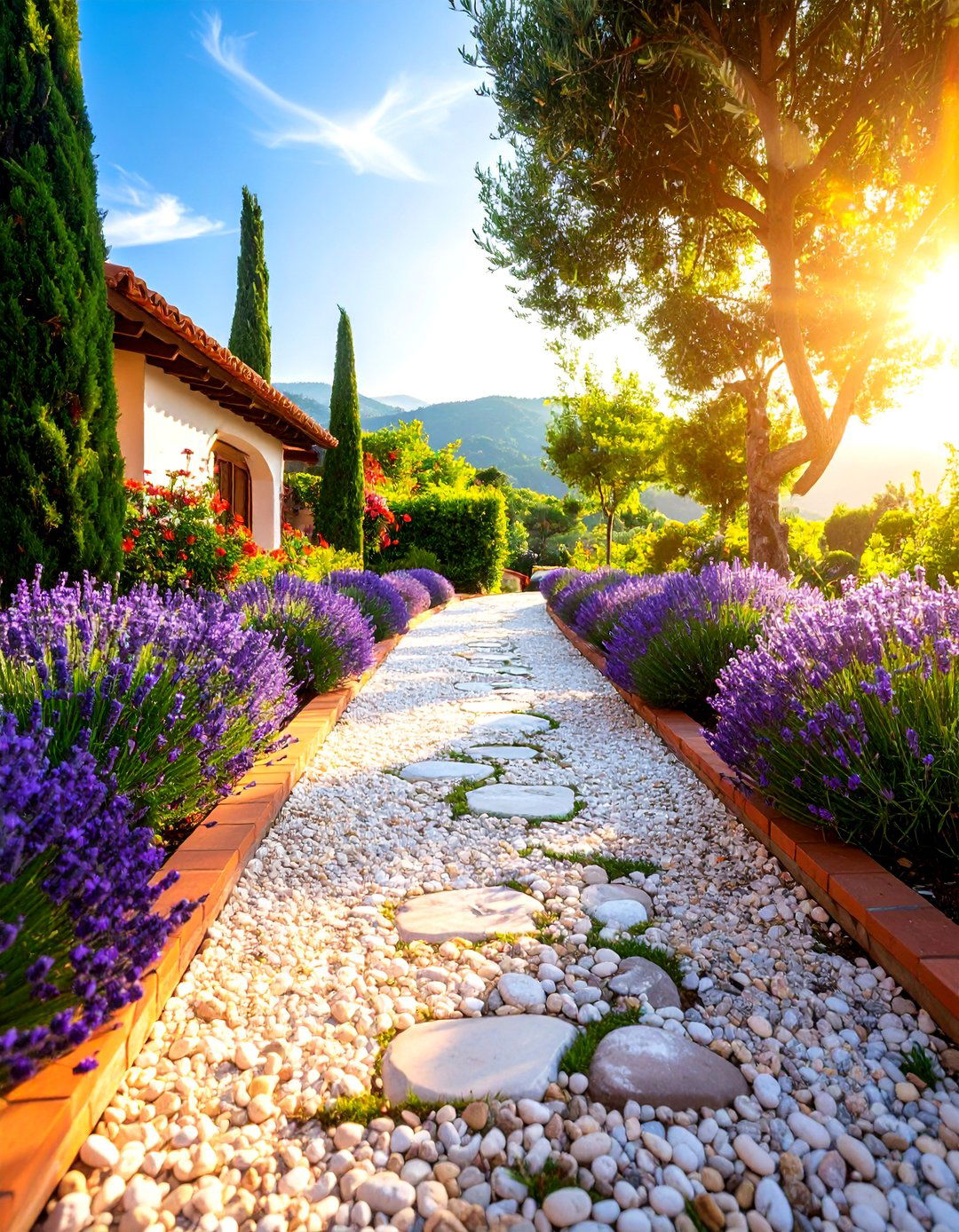
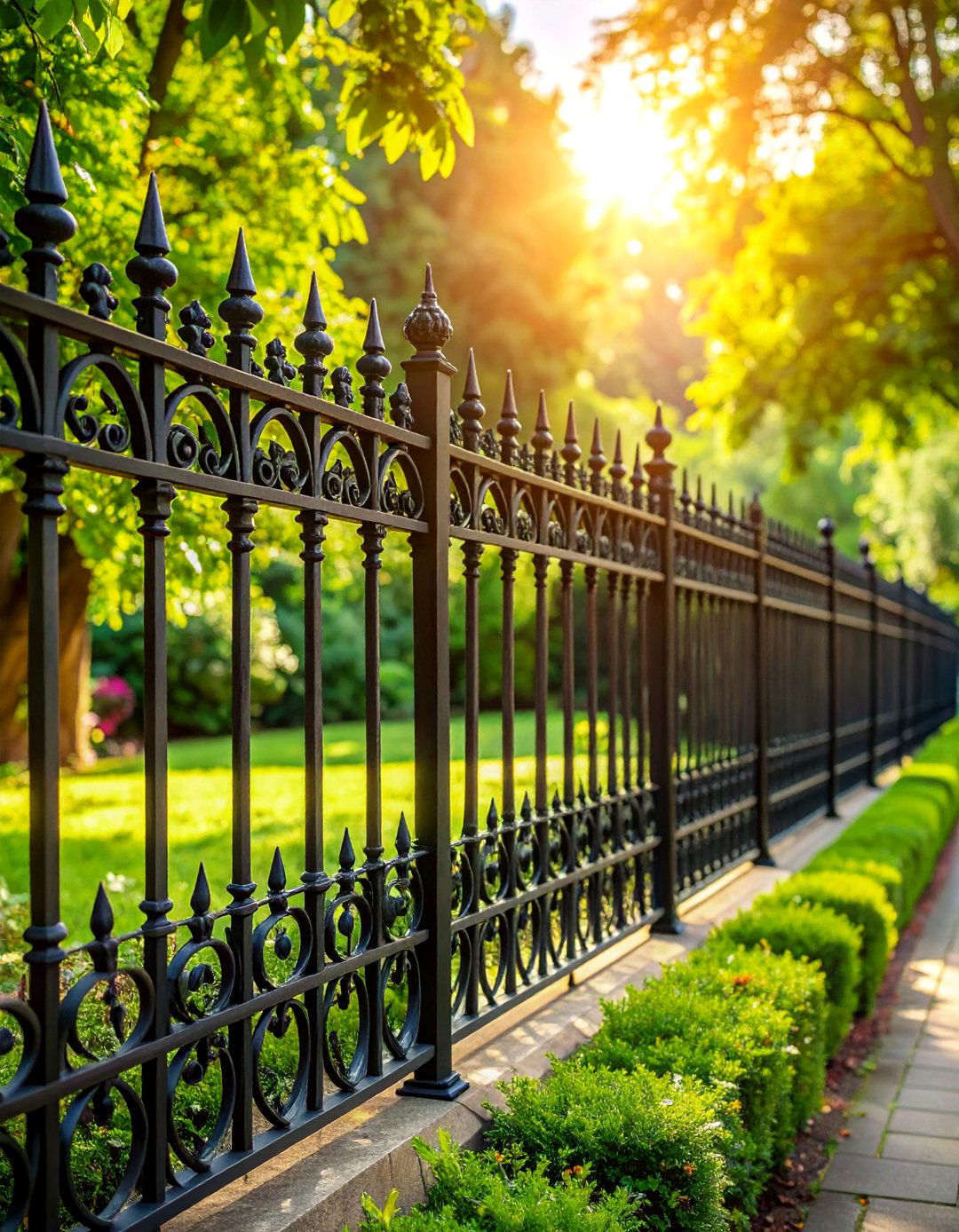
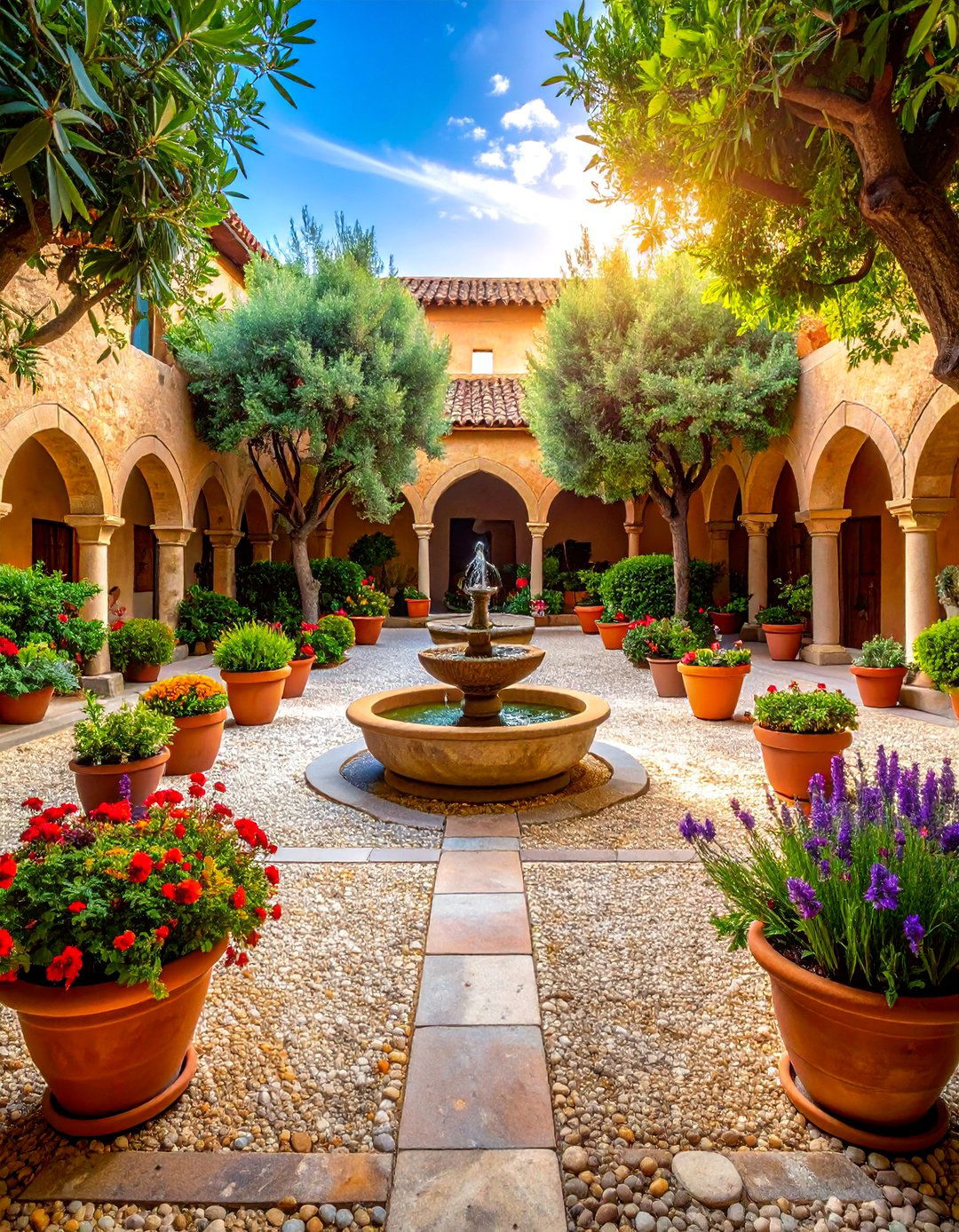


Leave a Reply